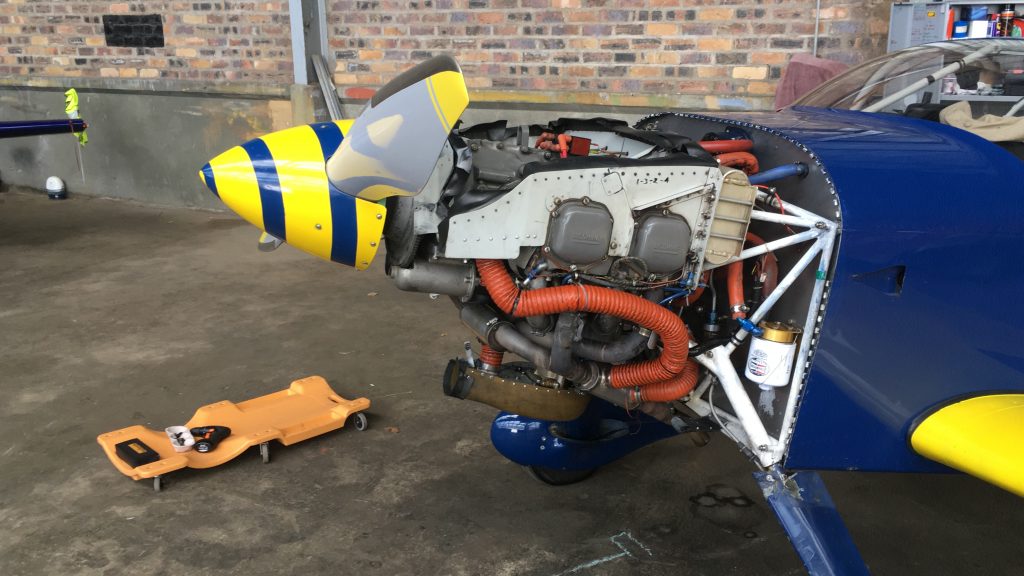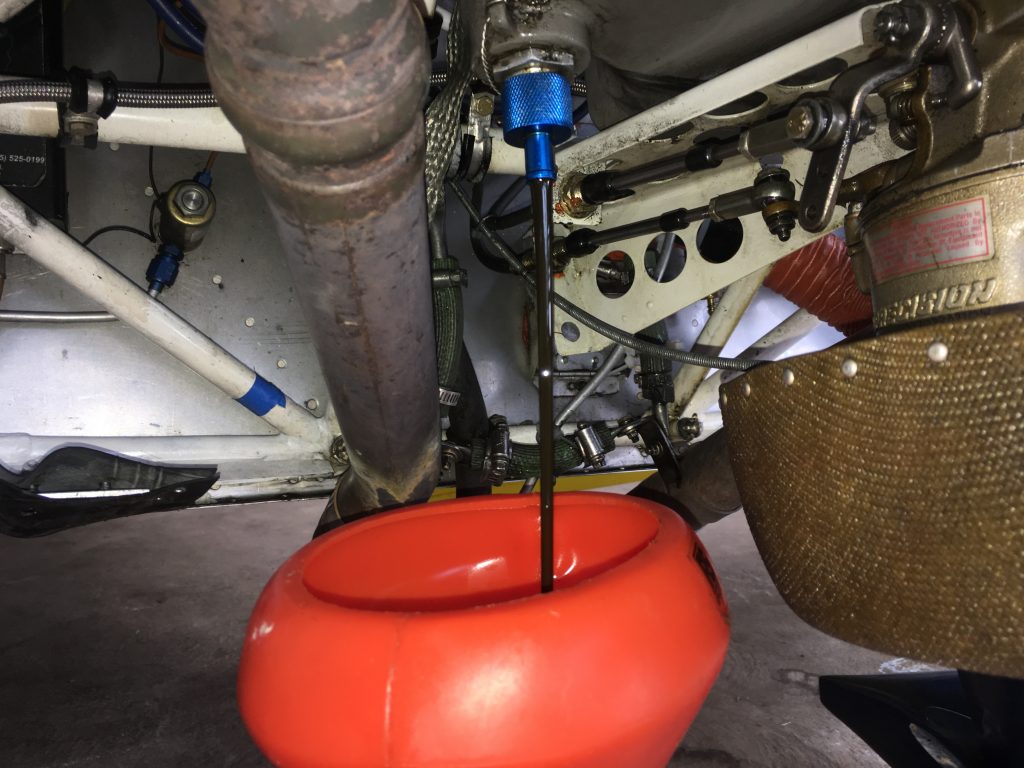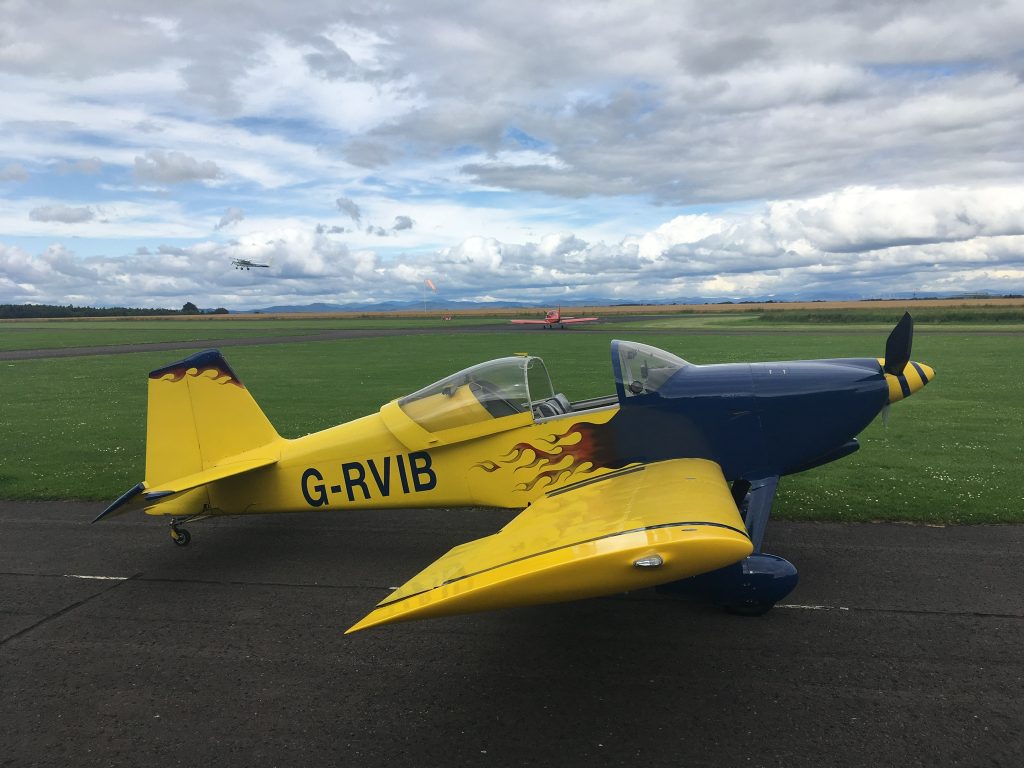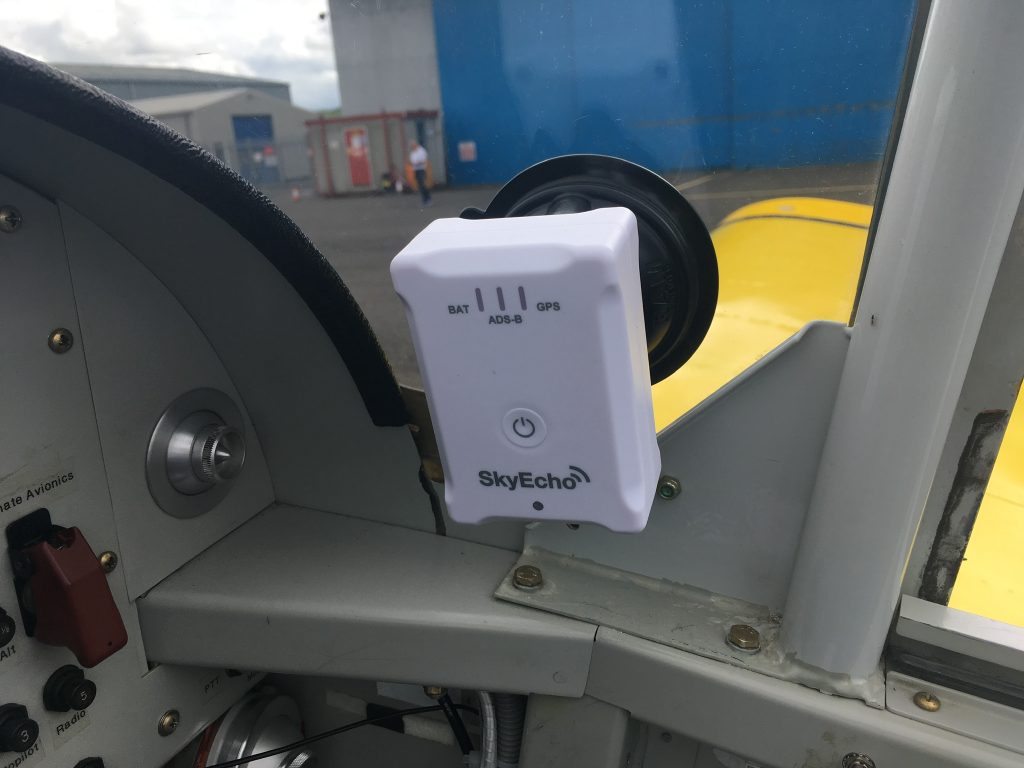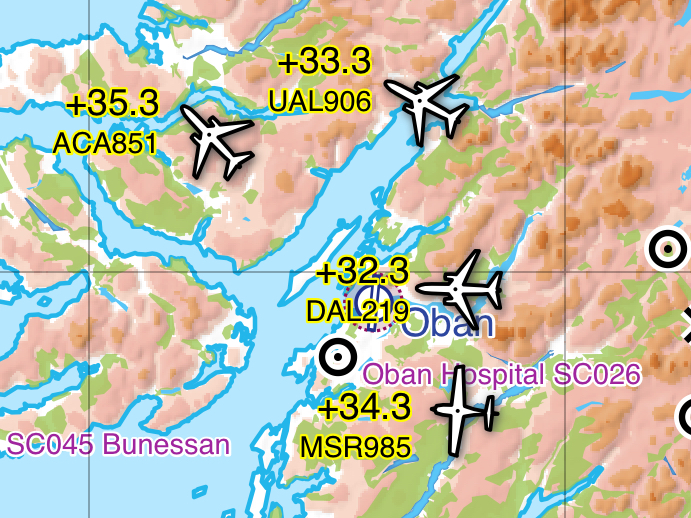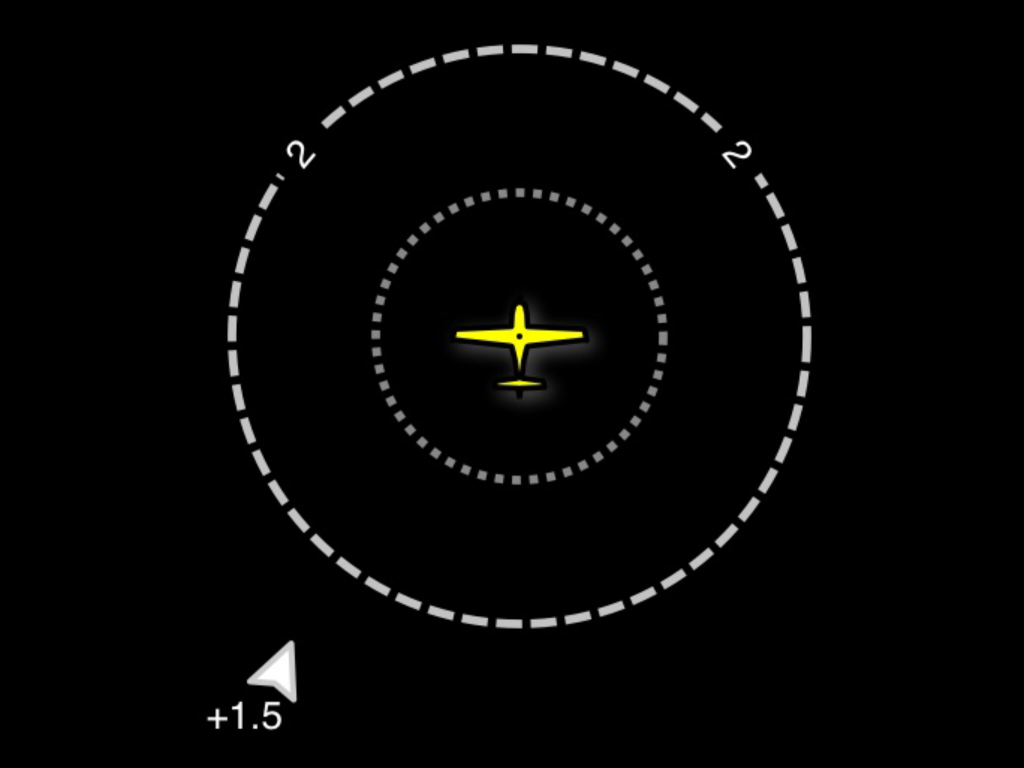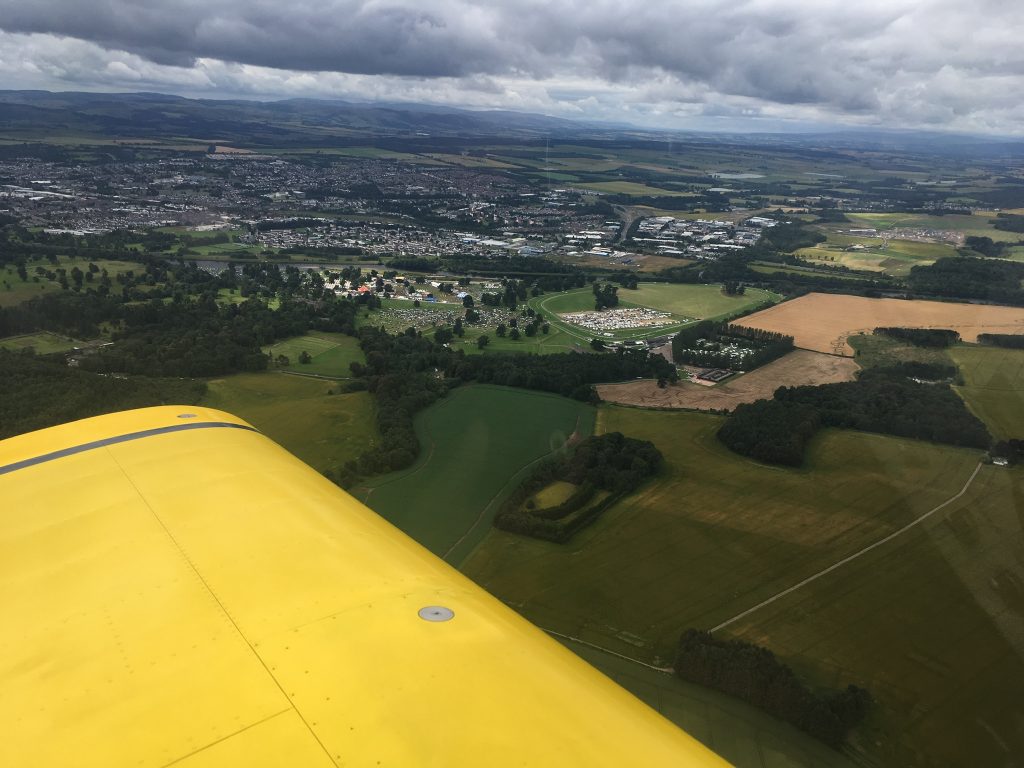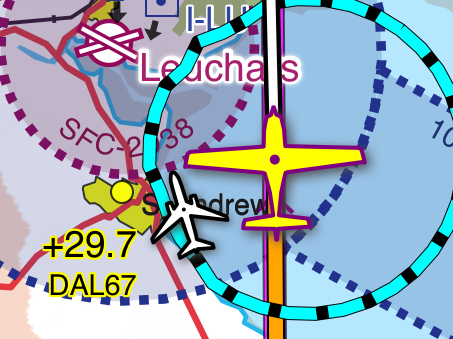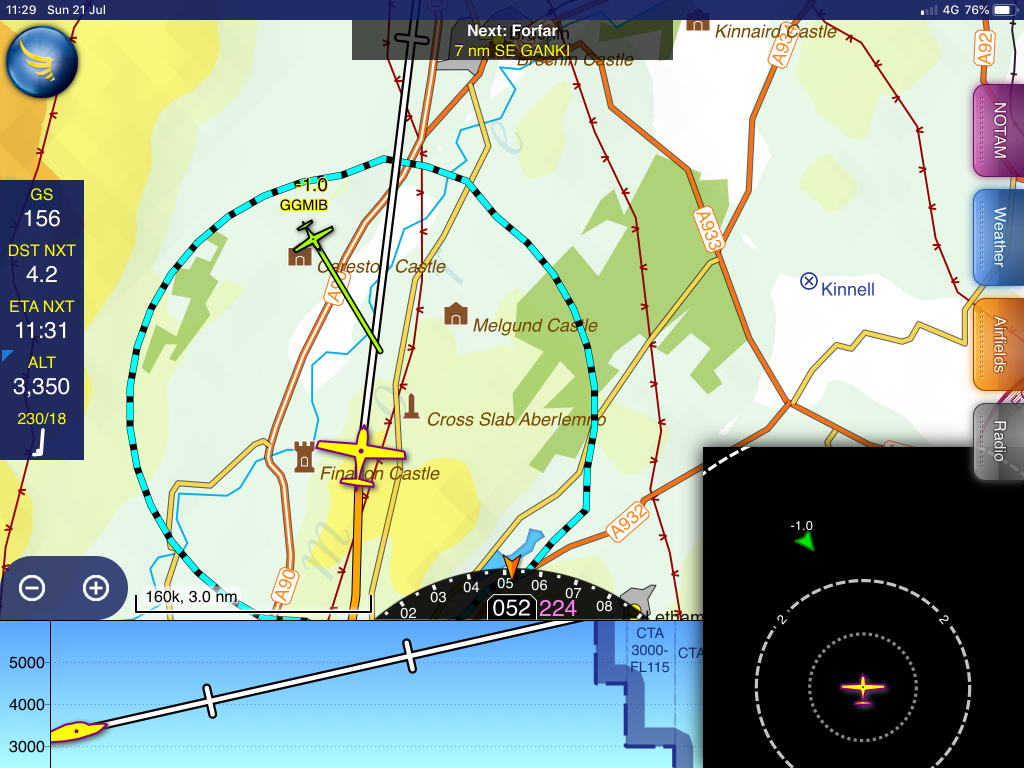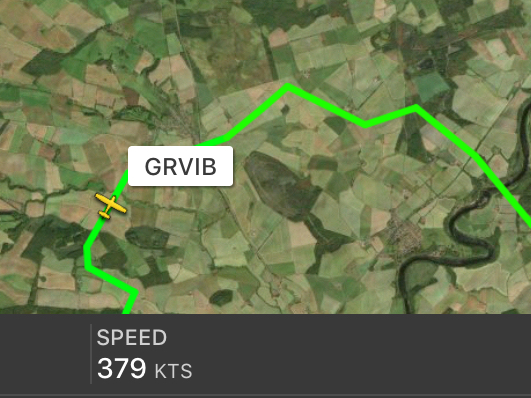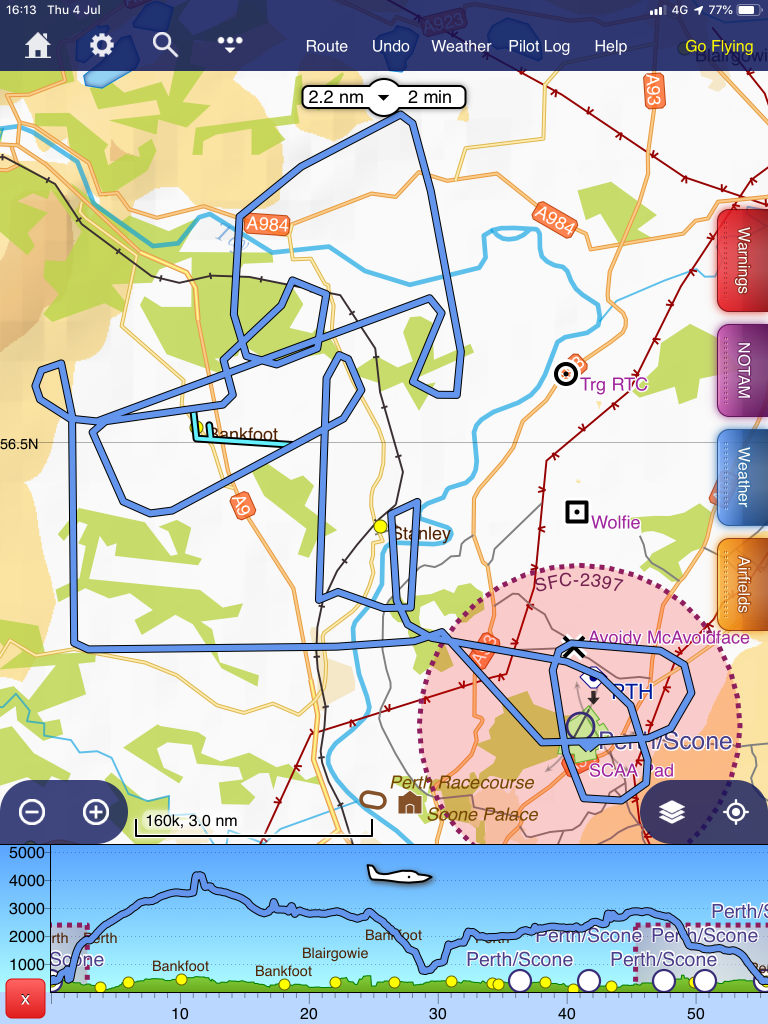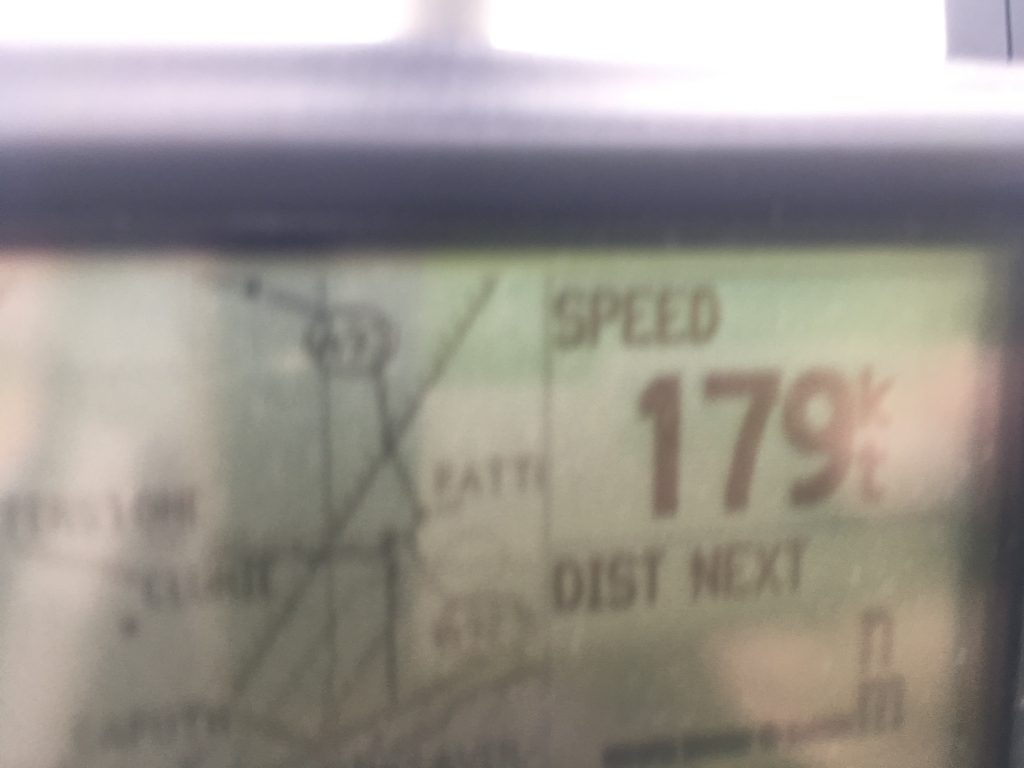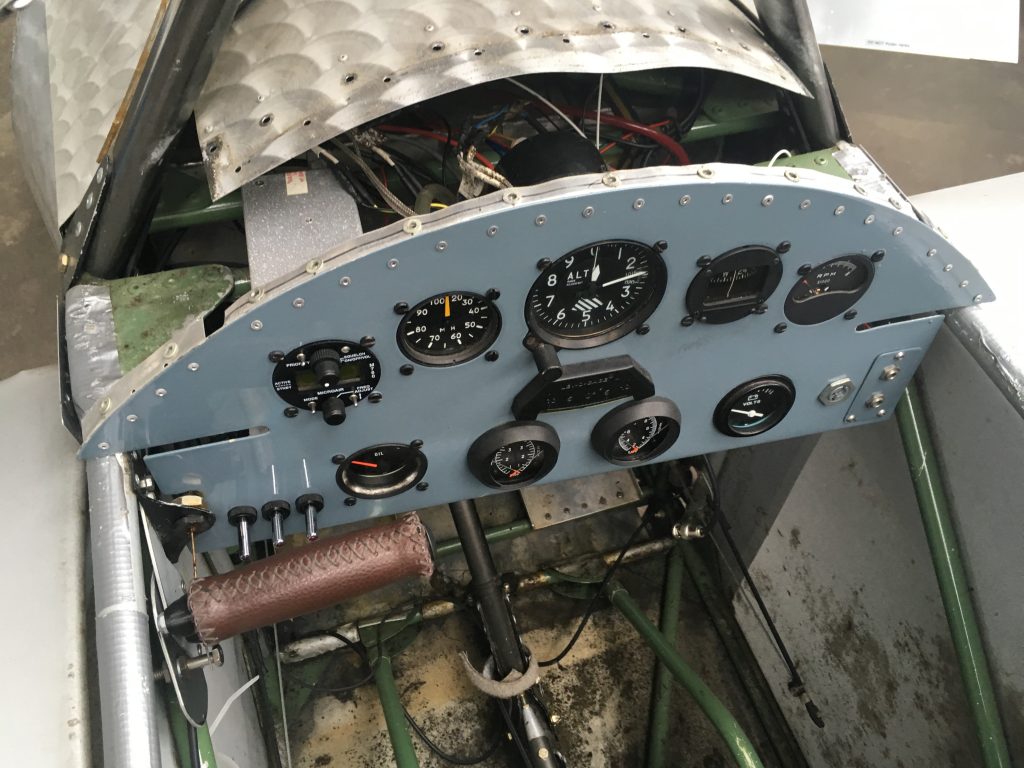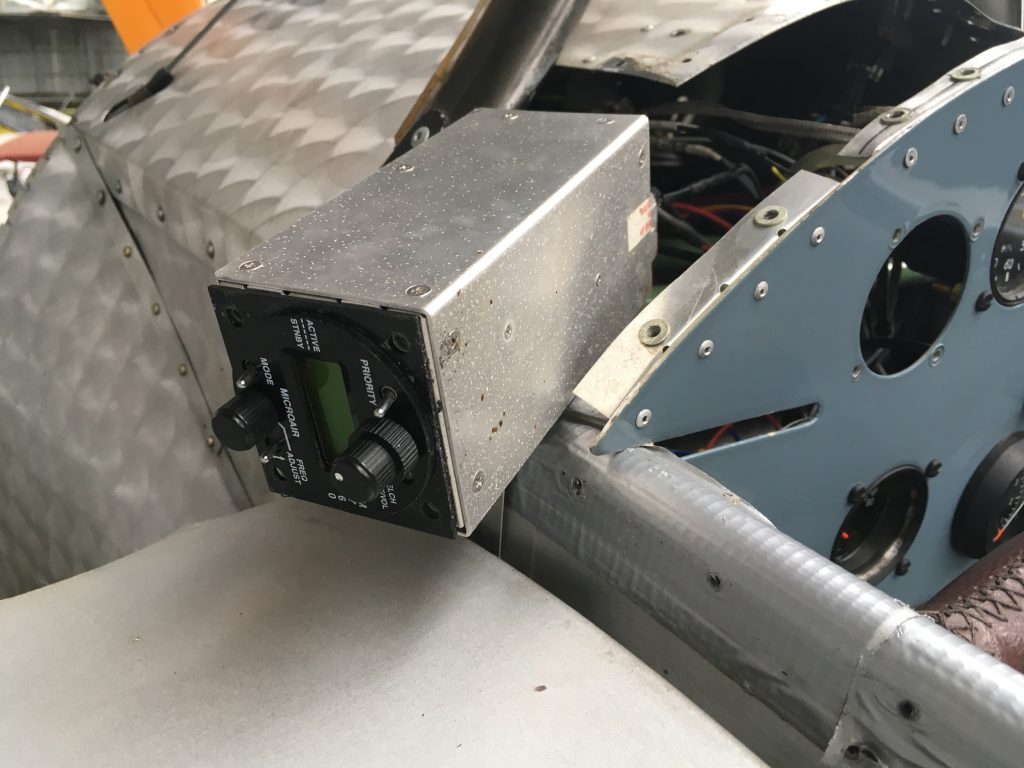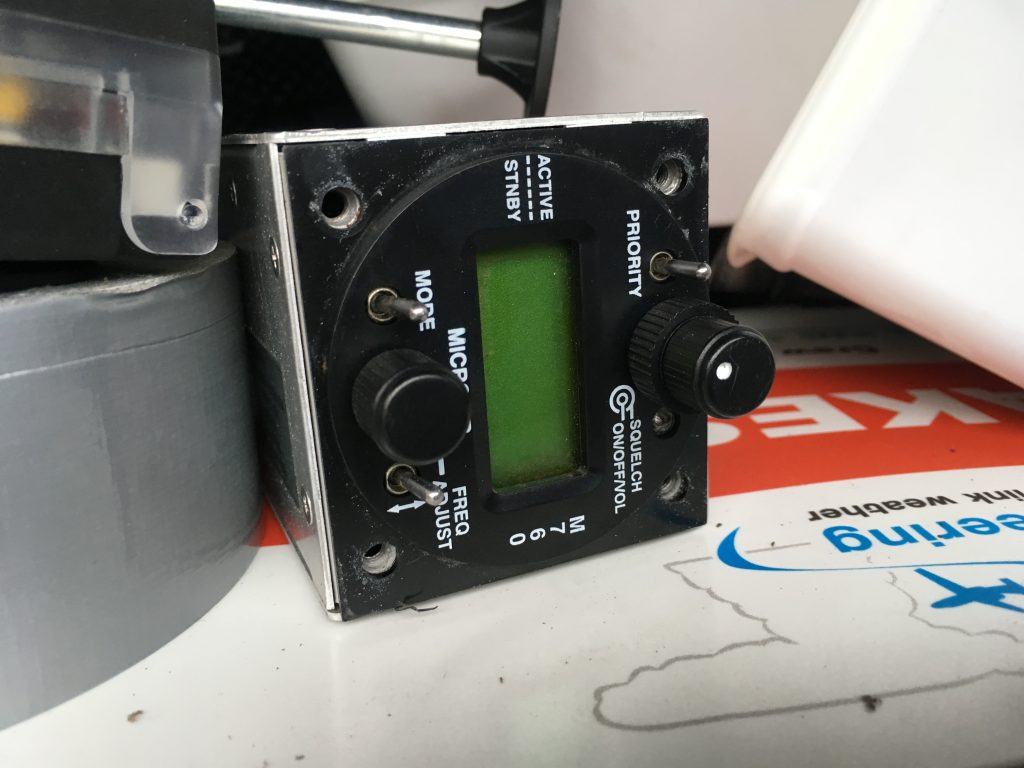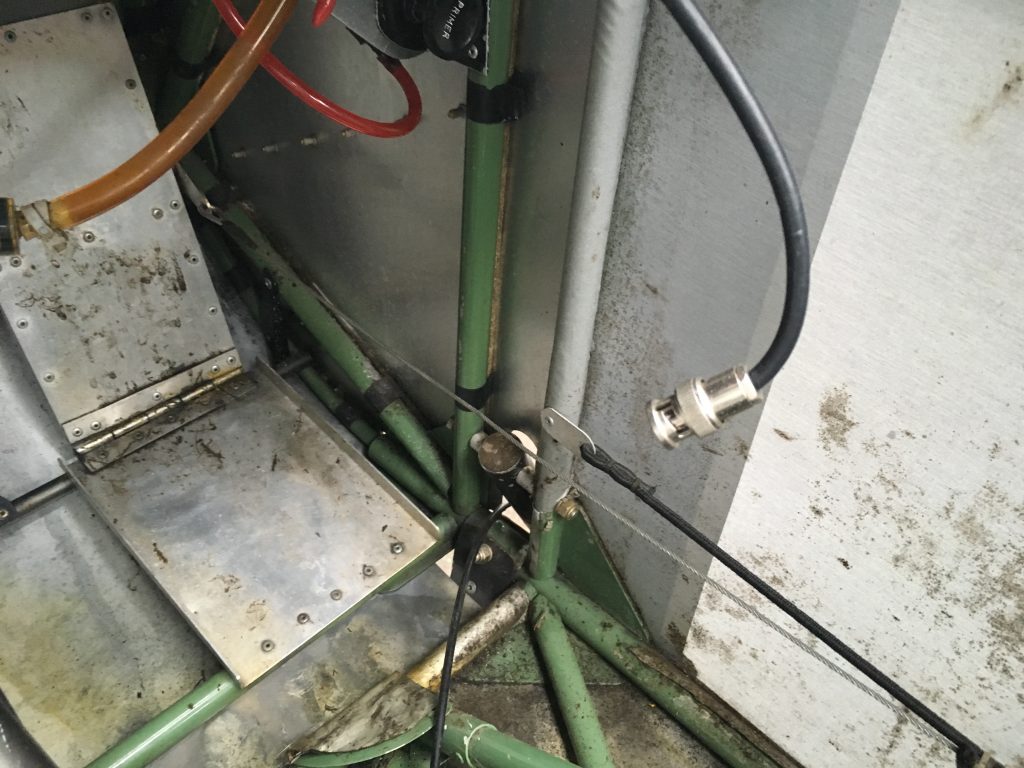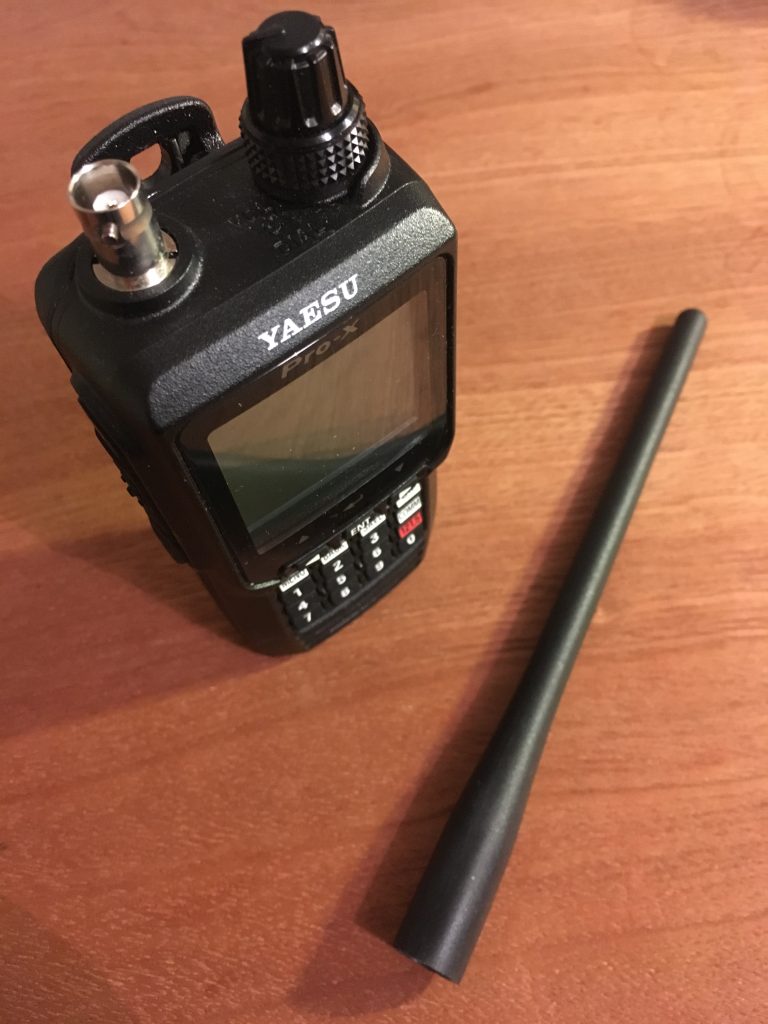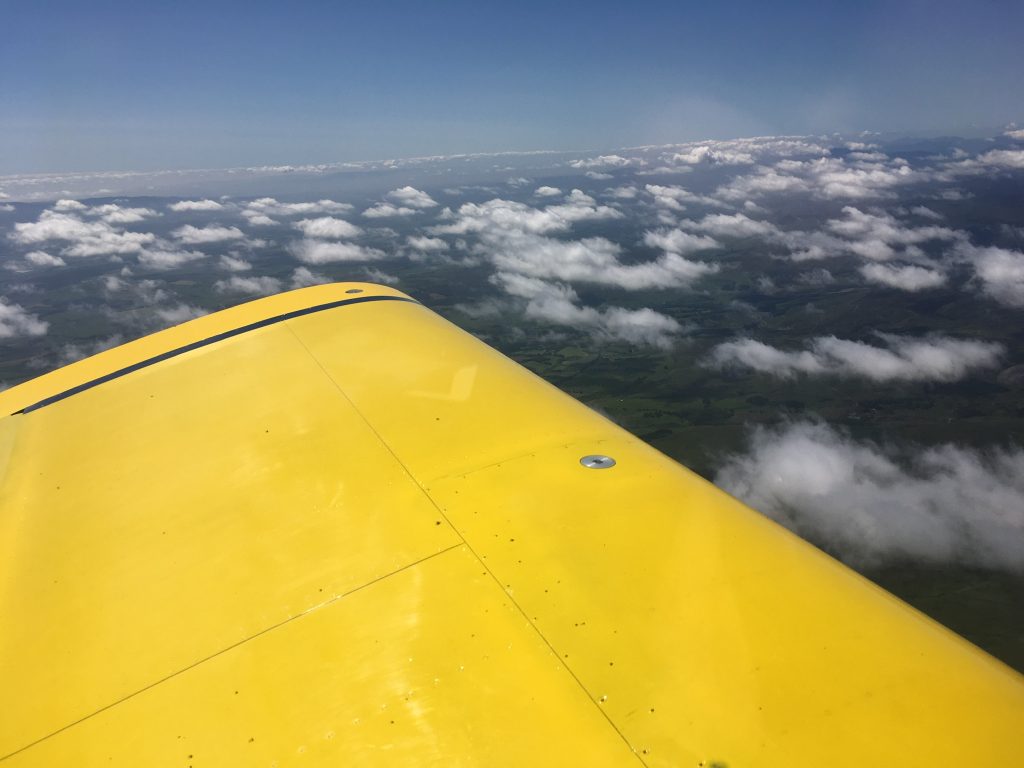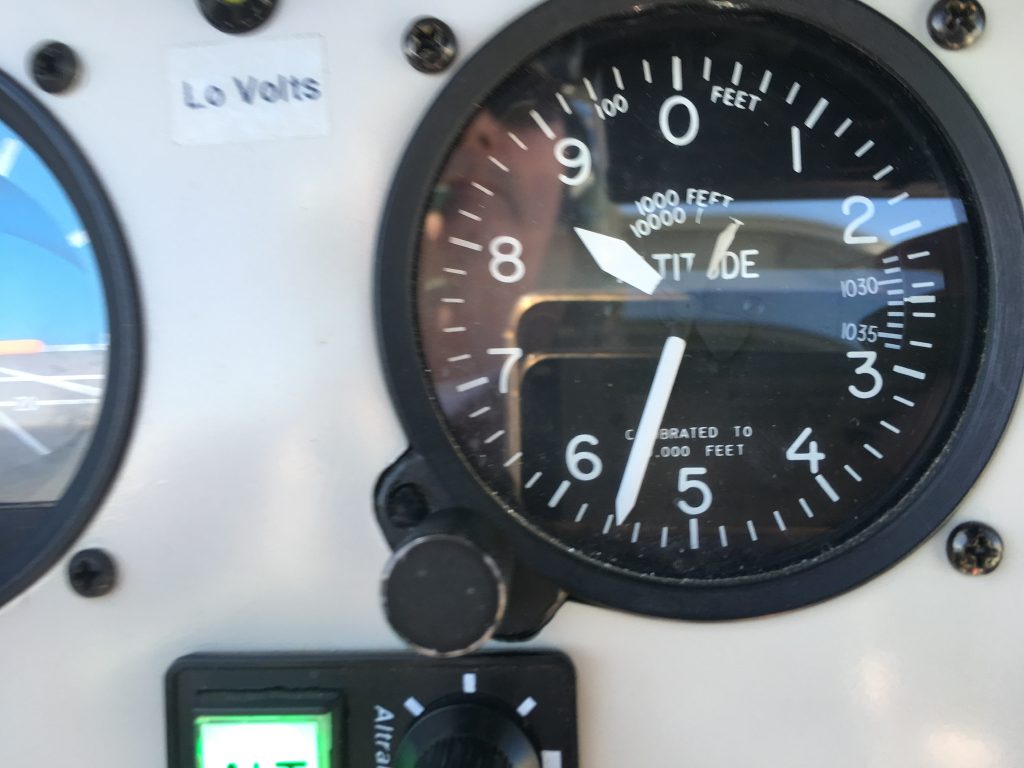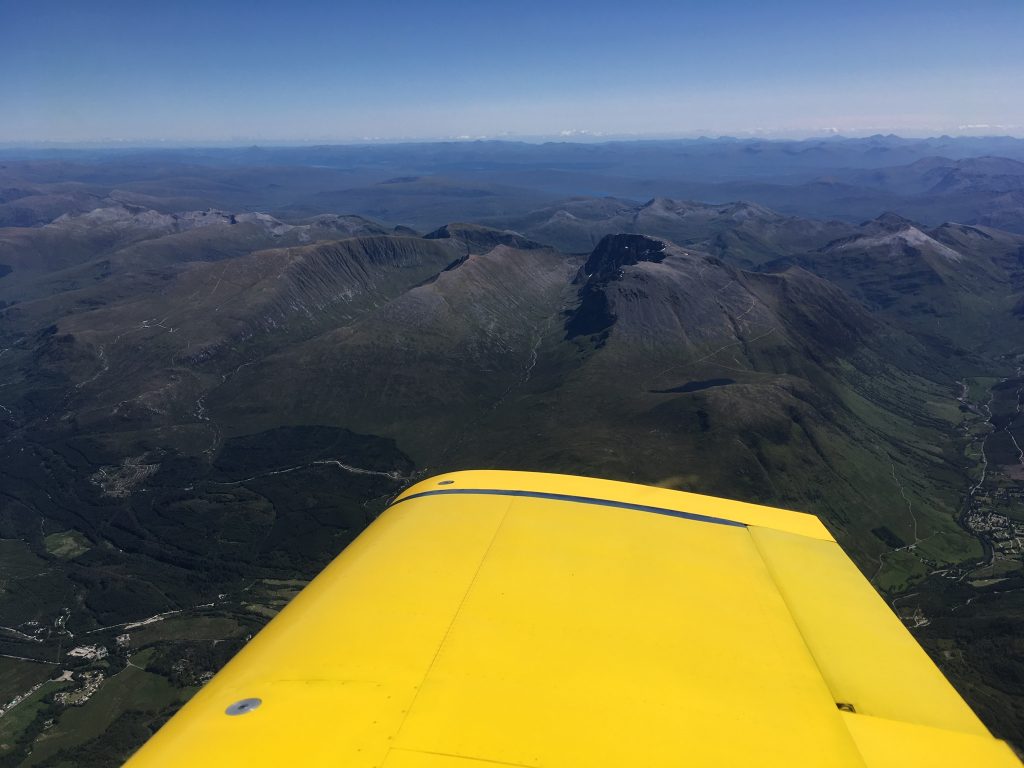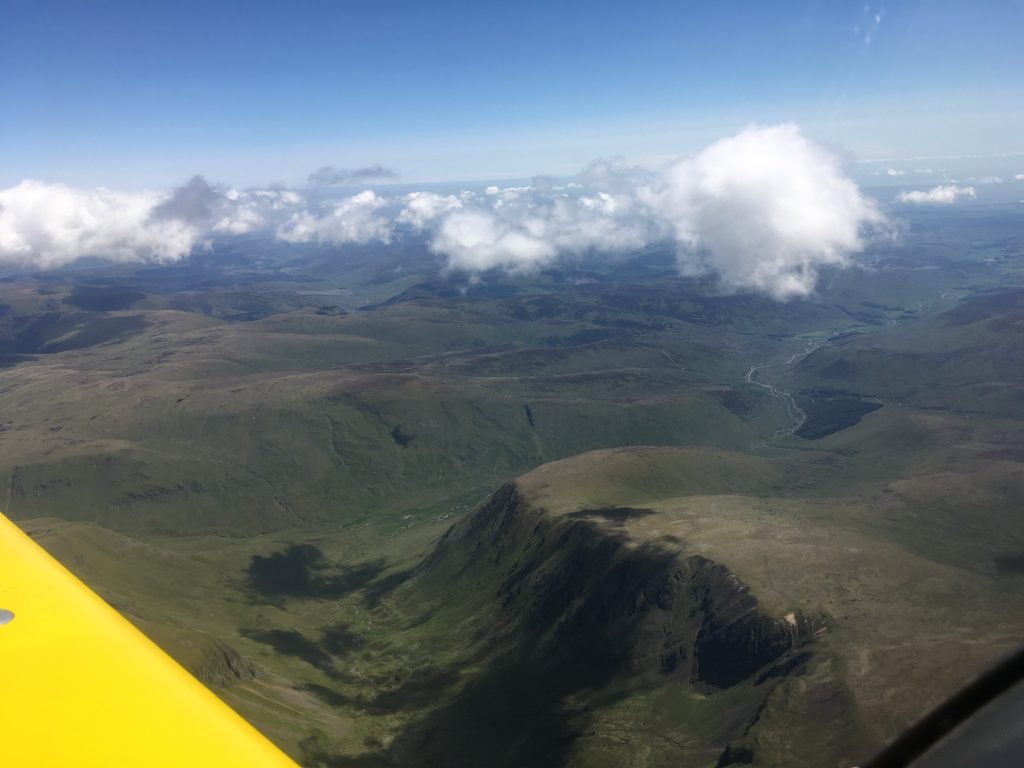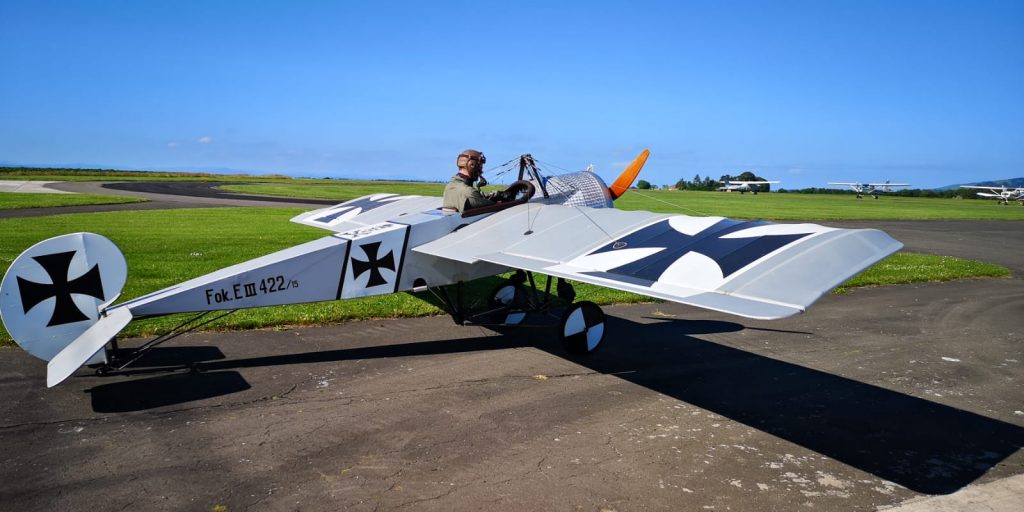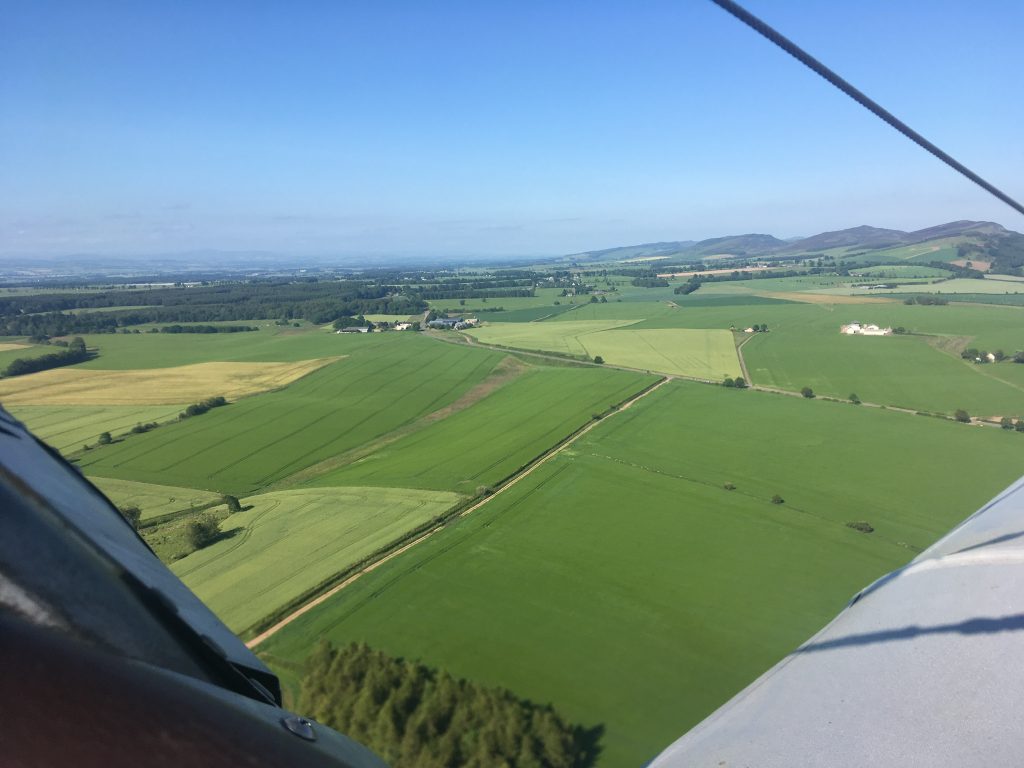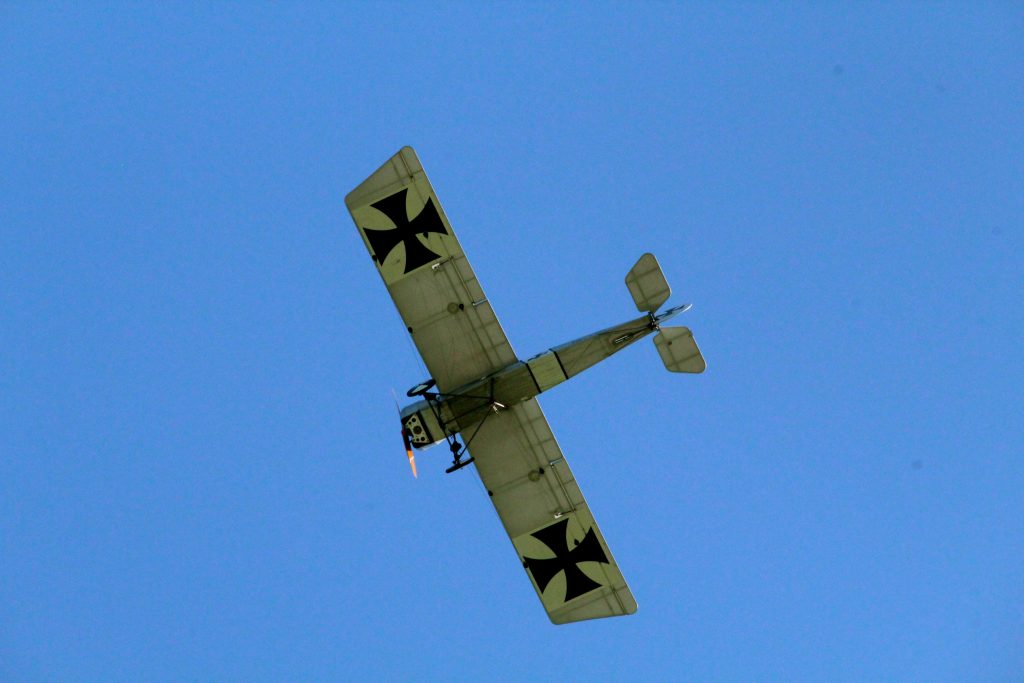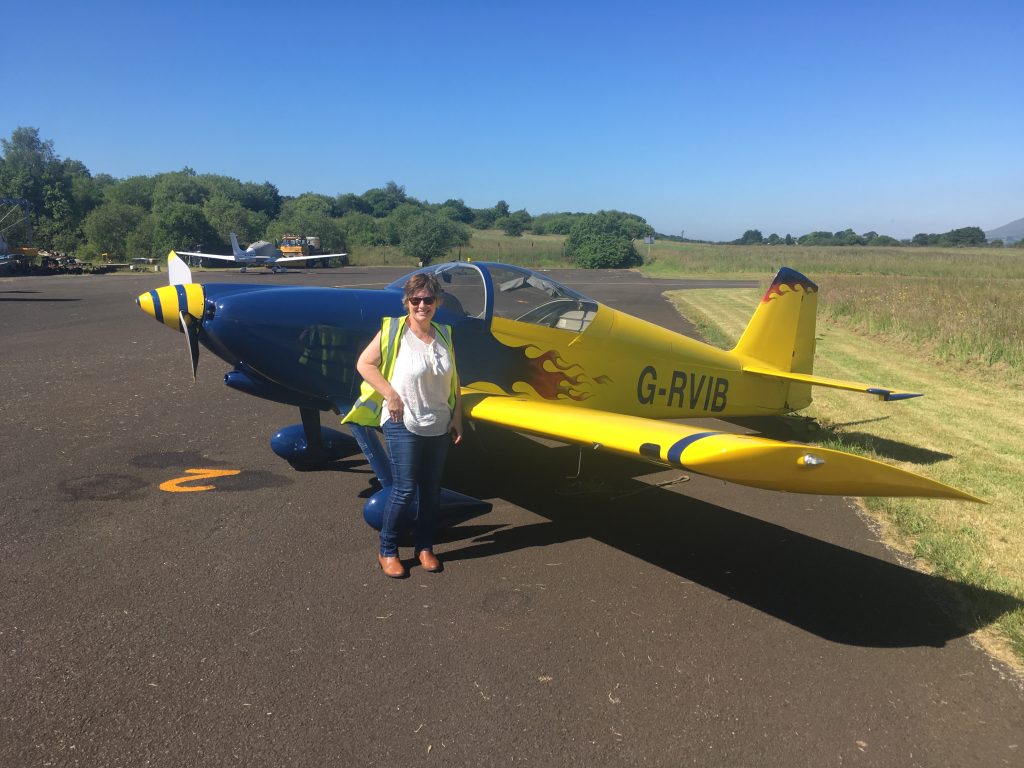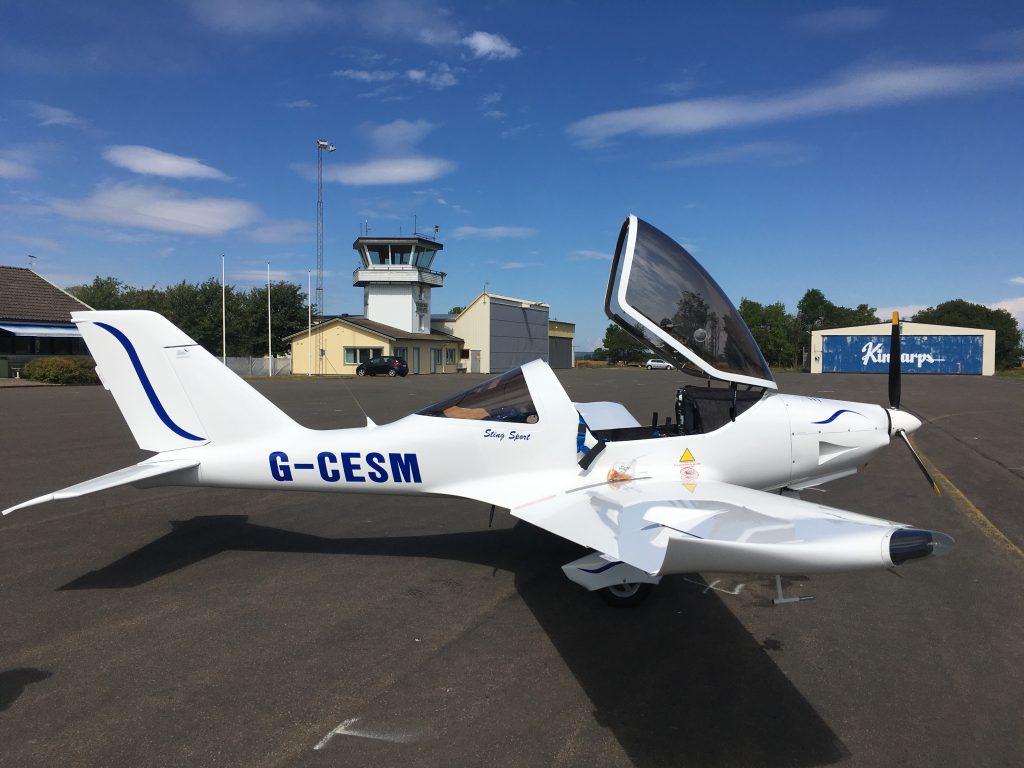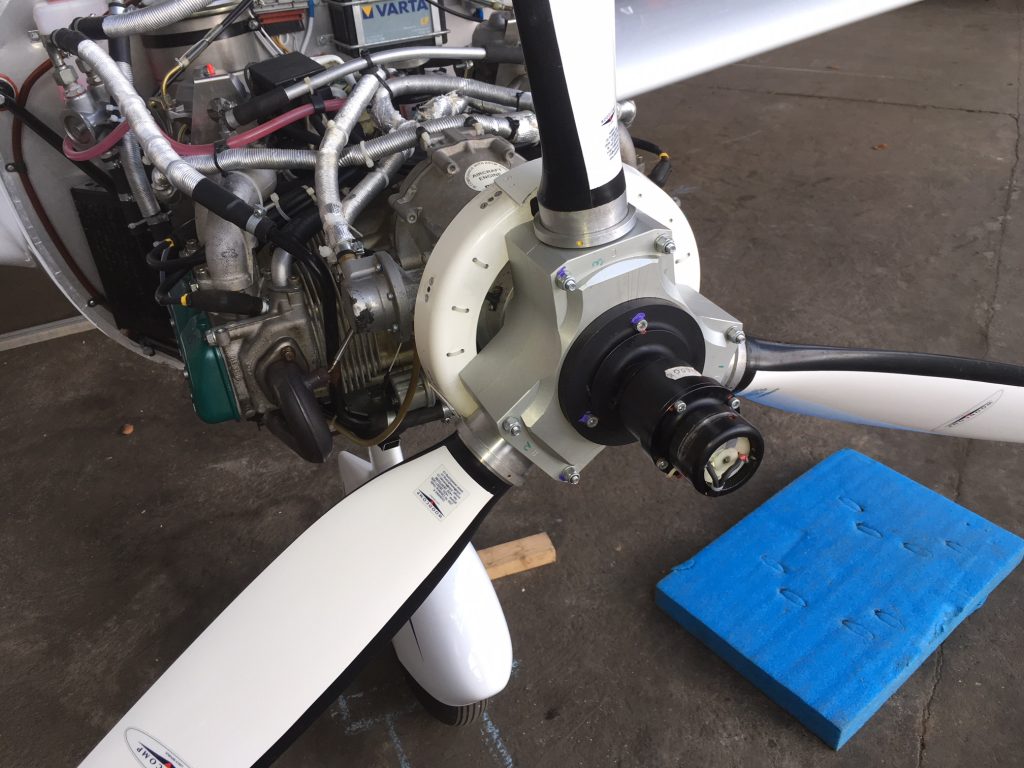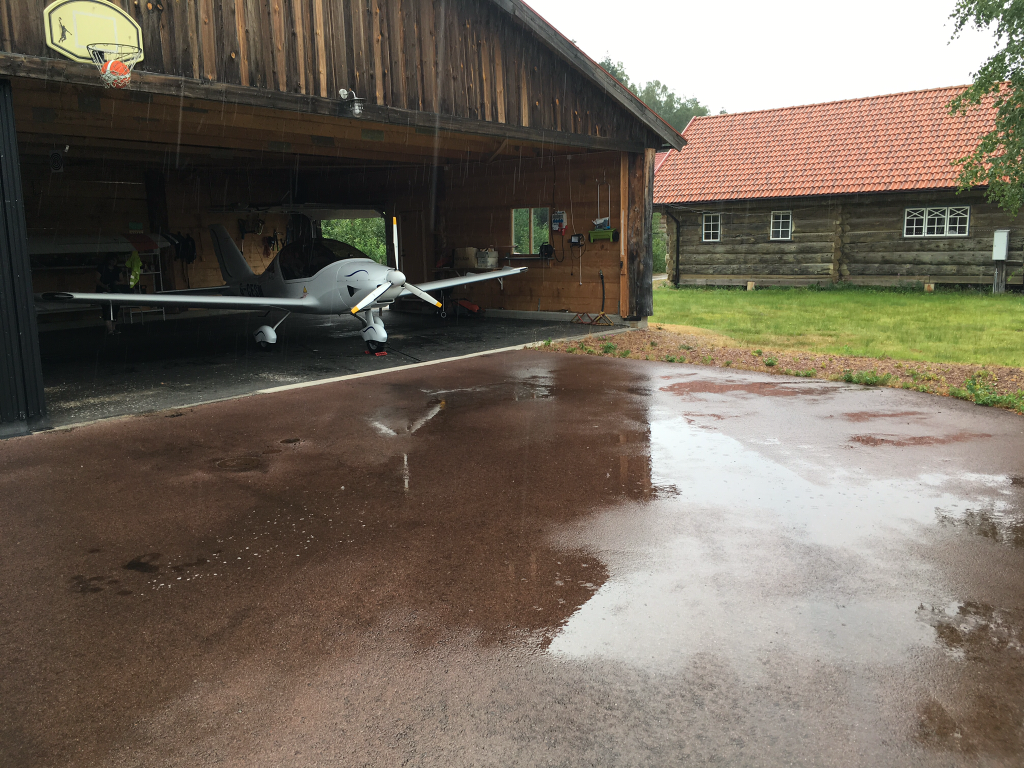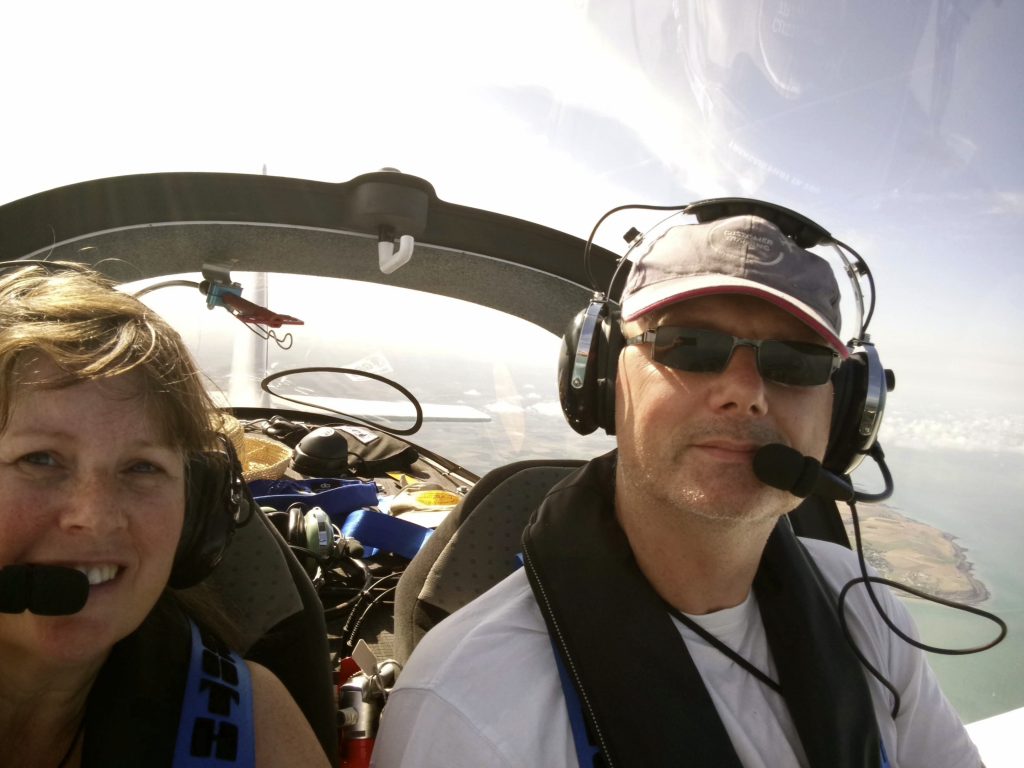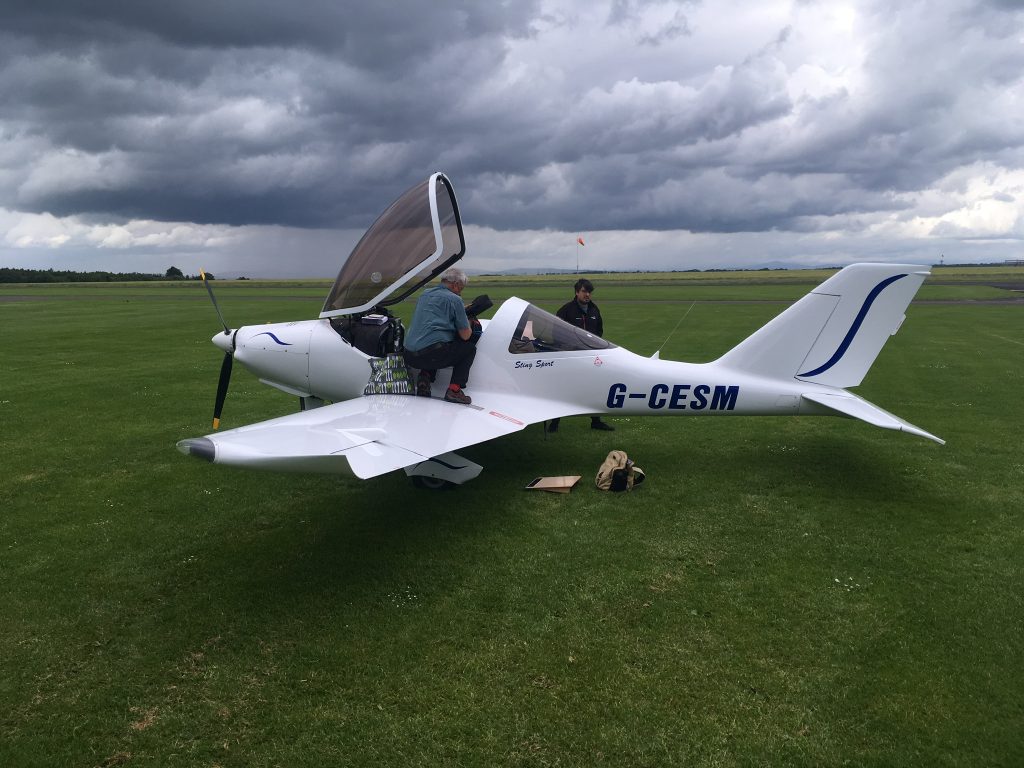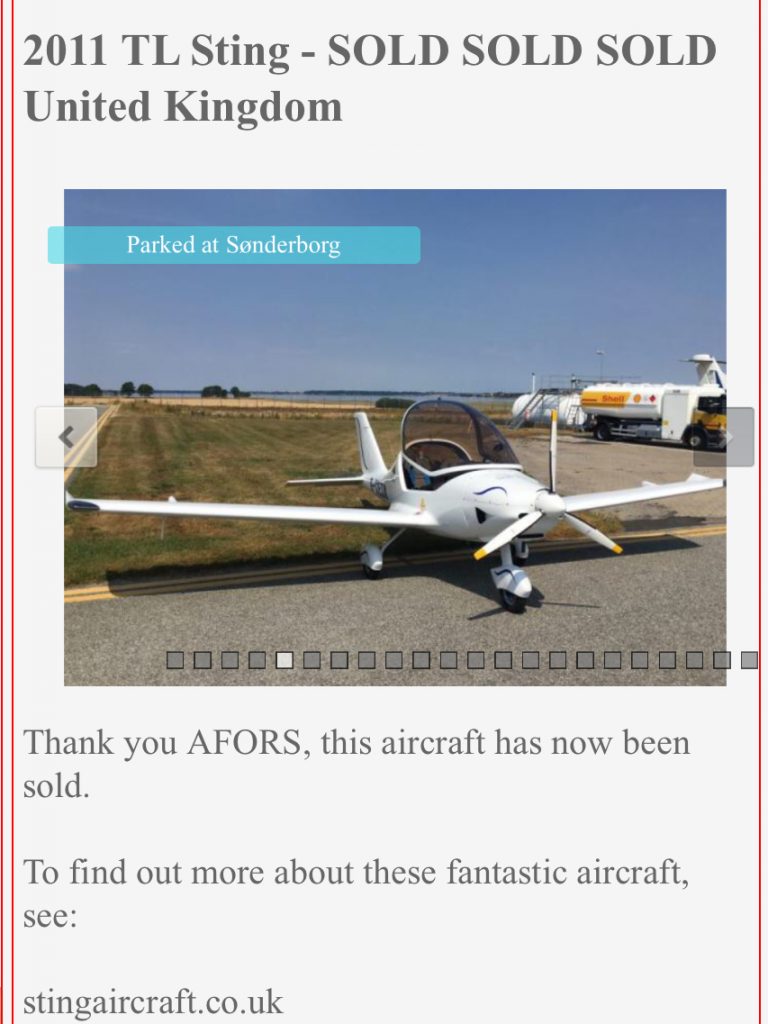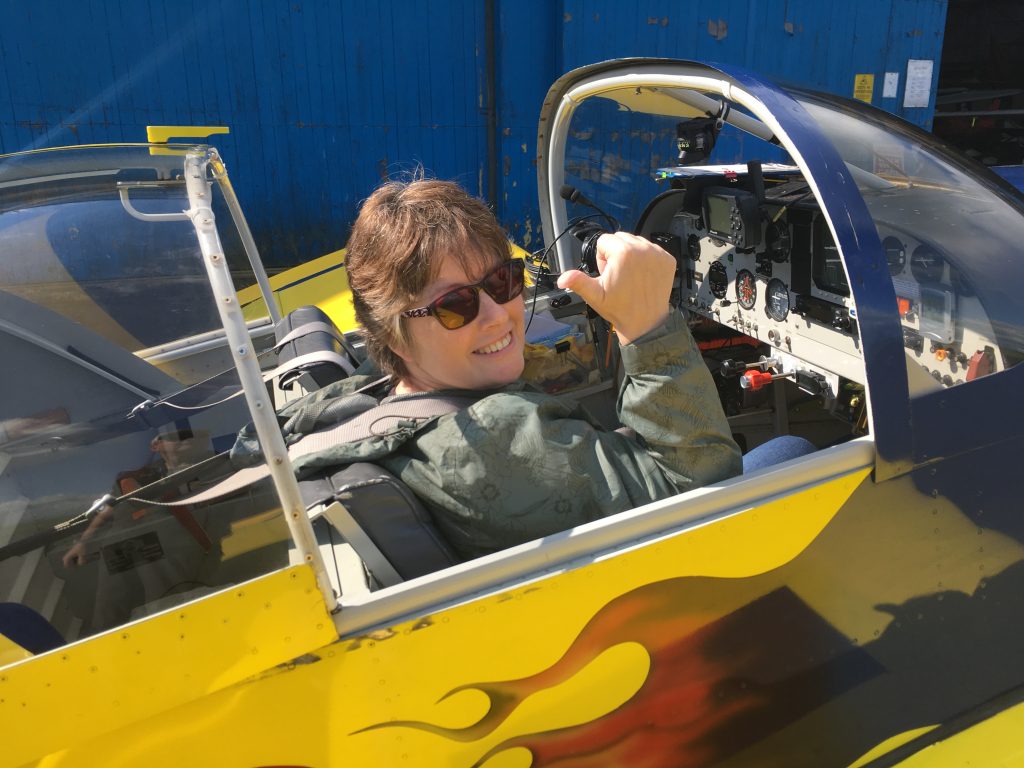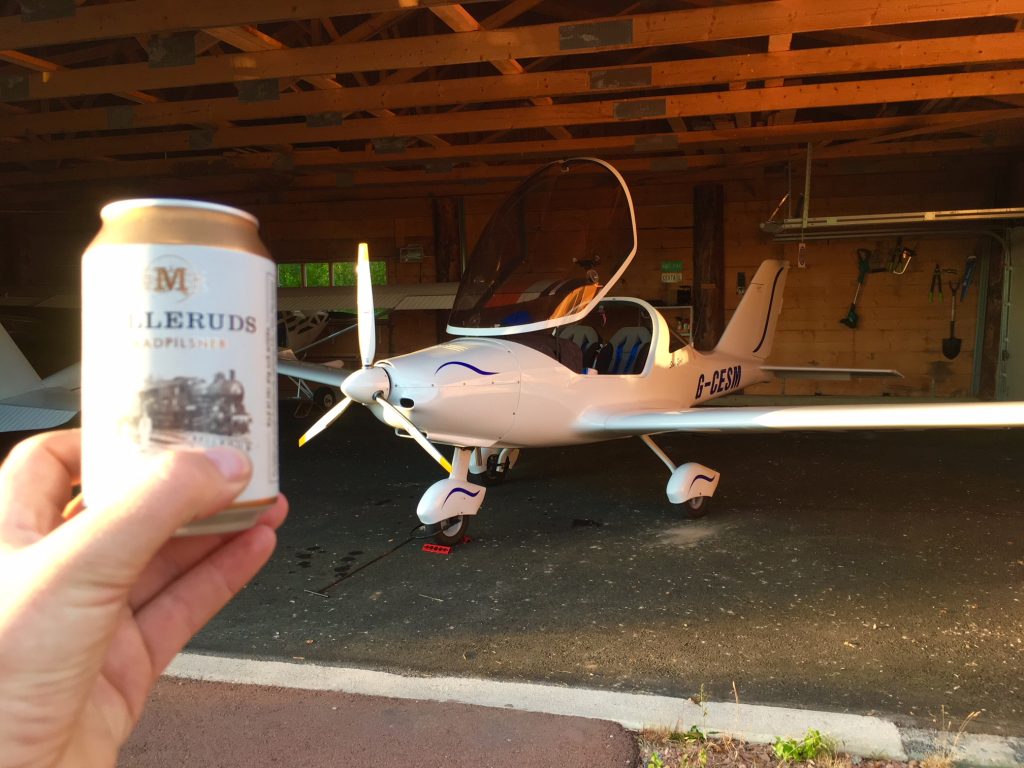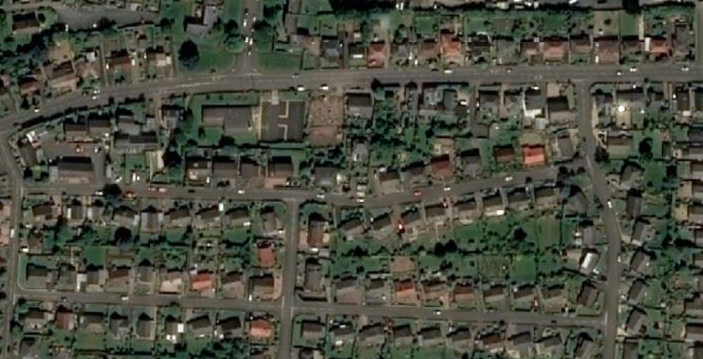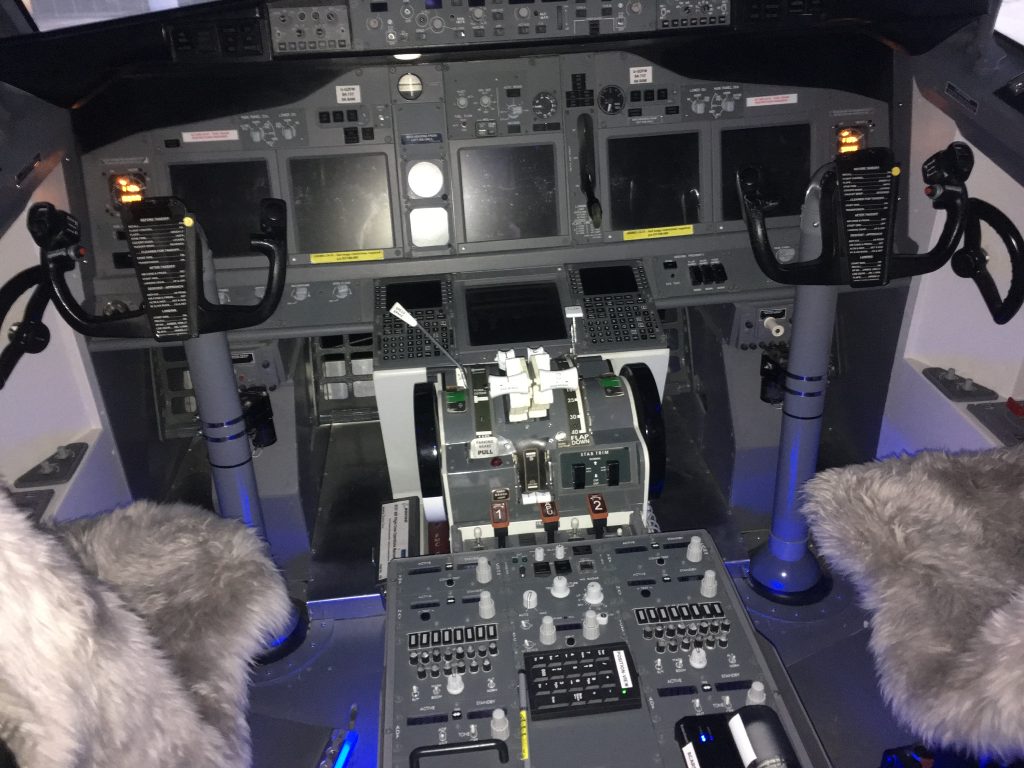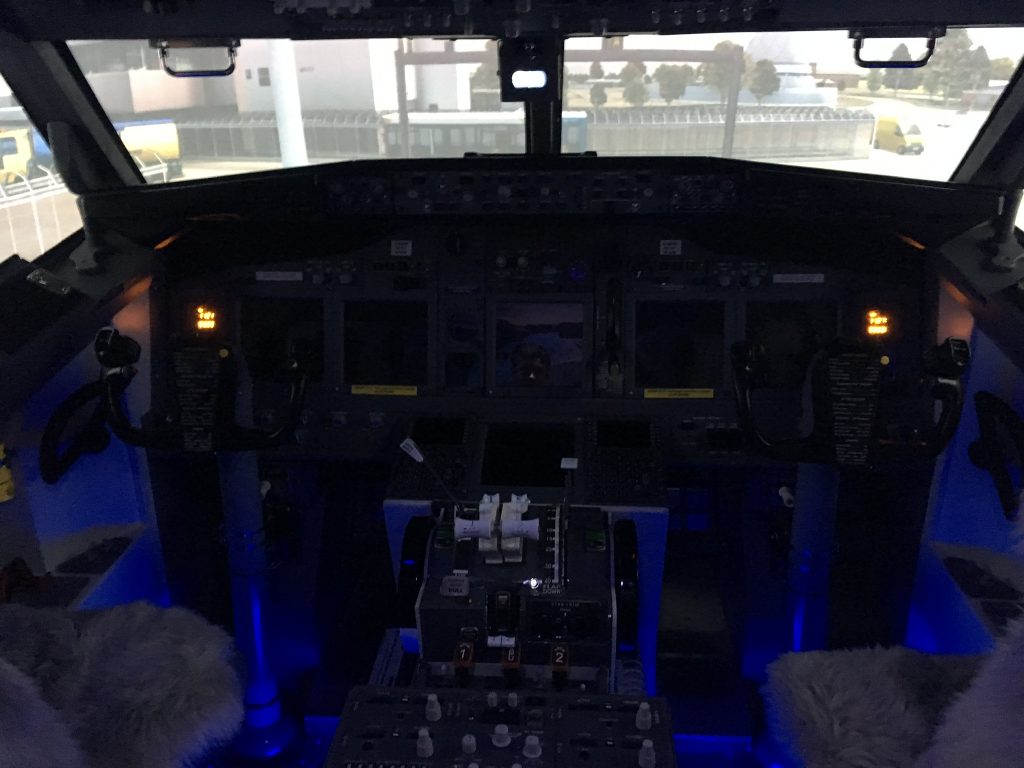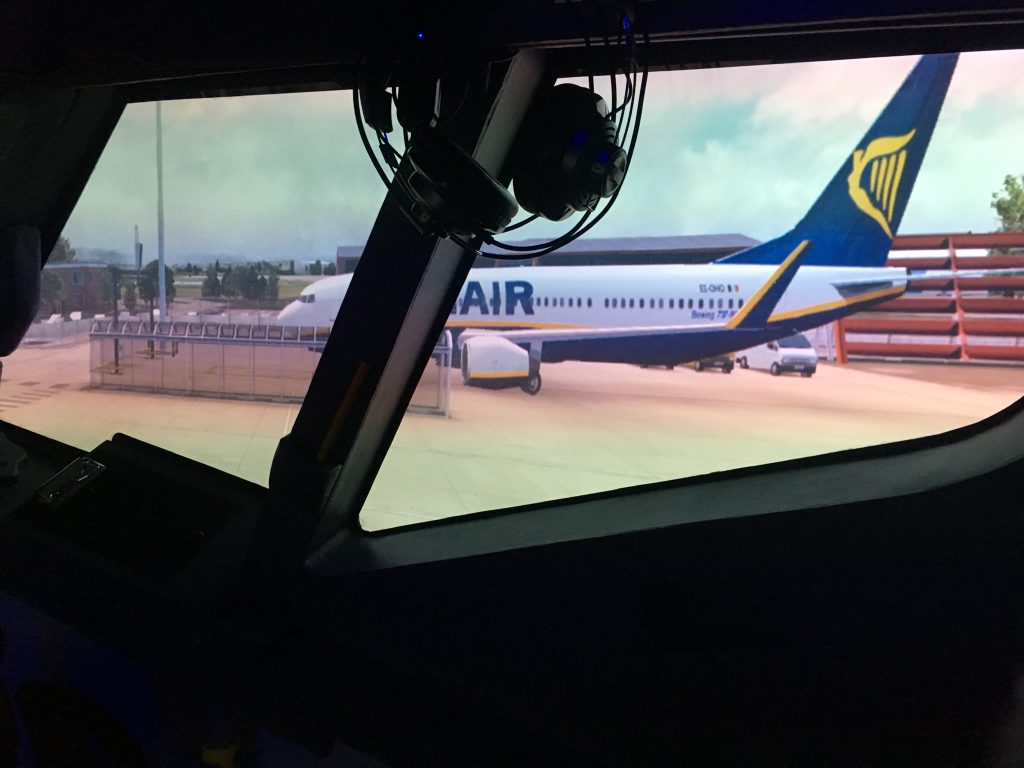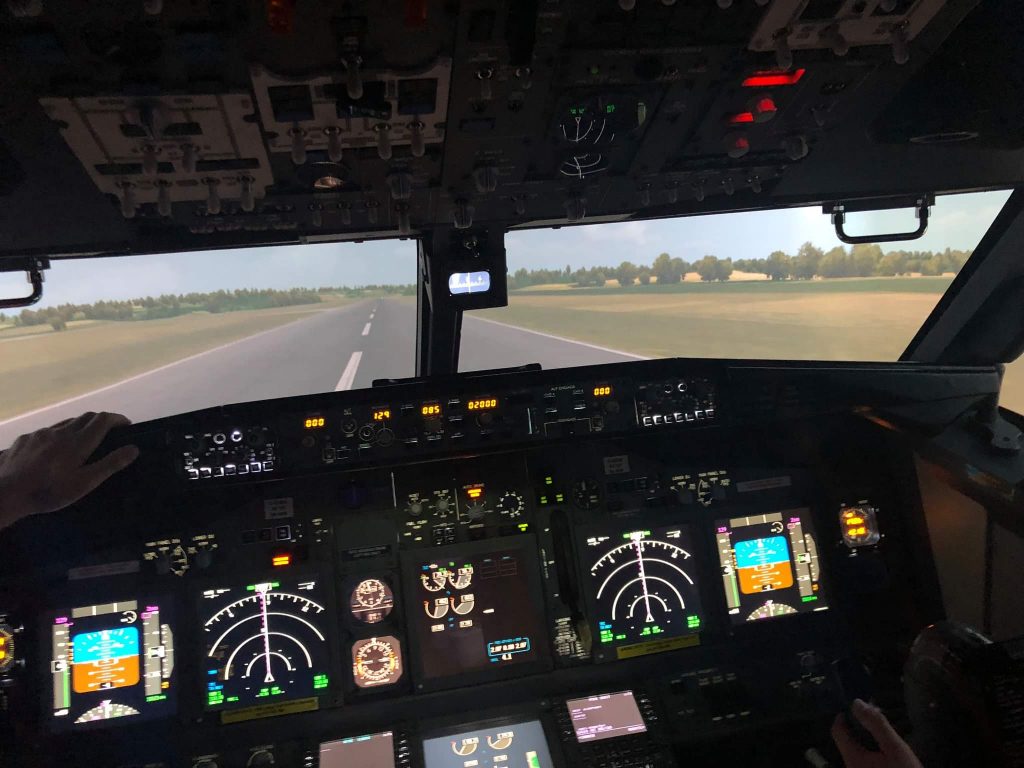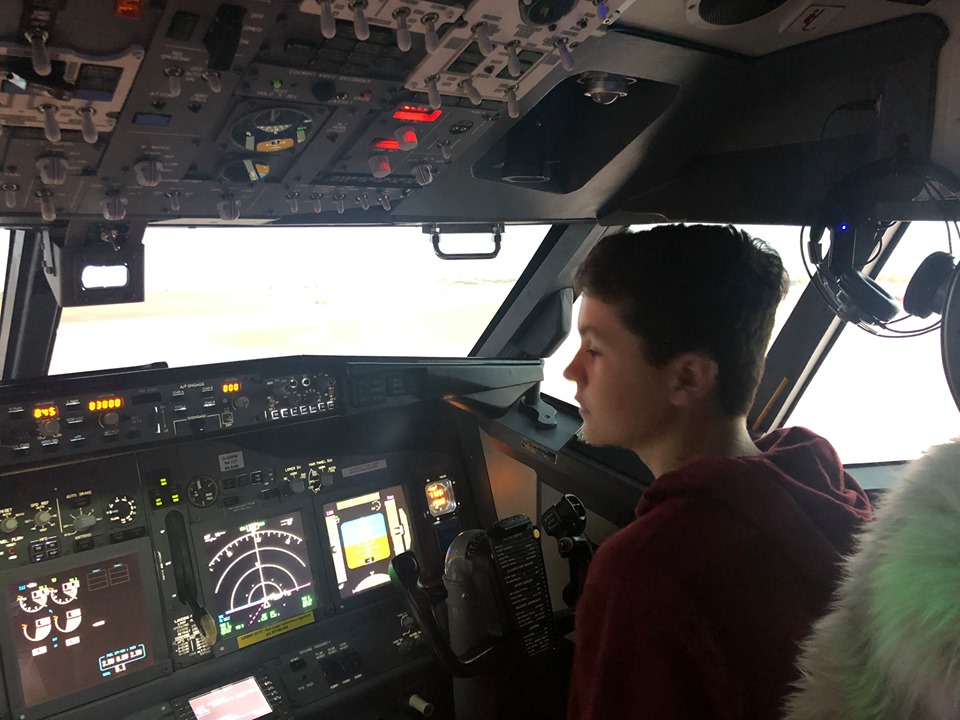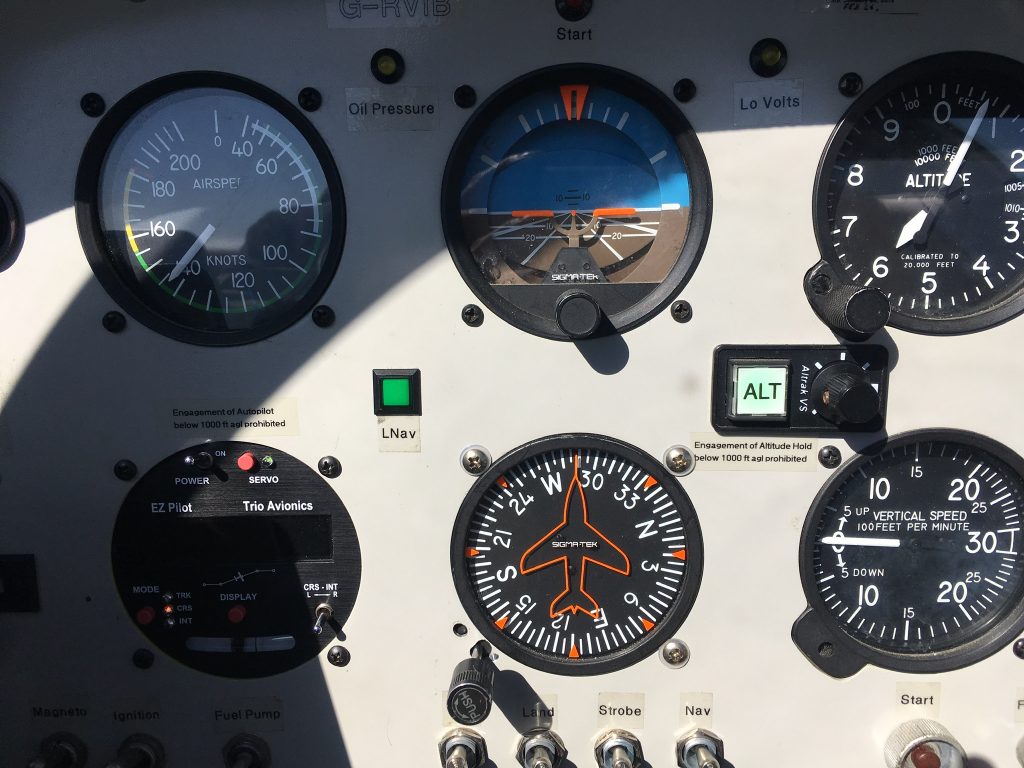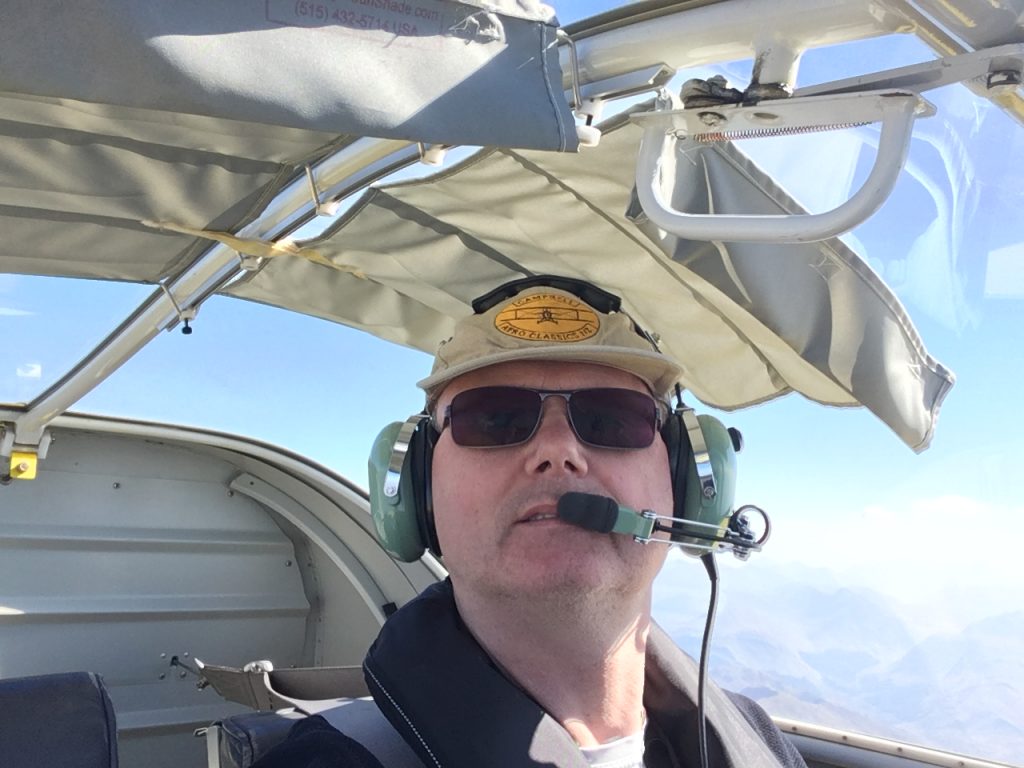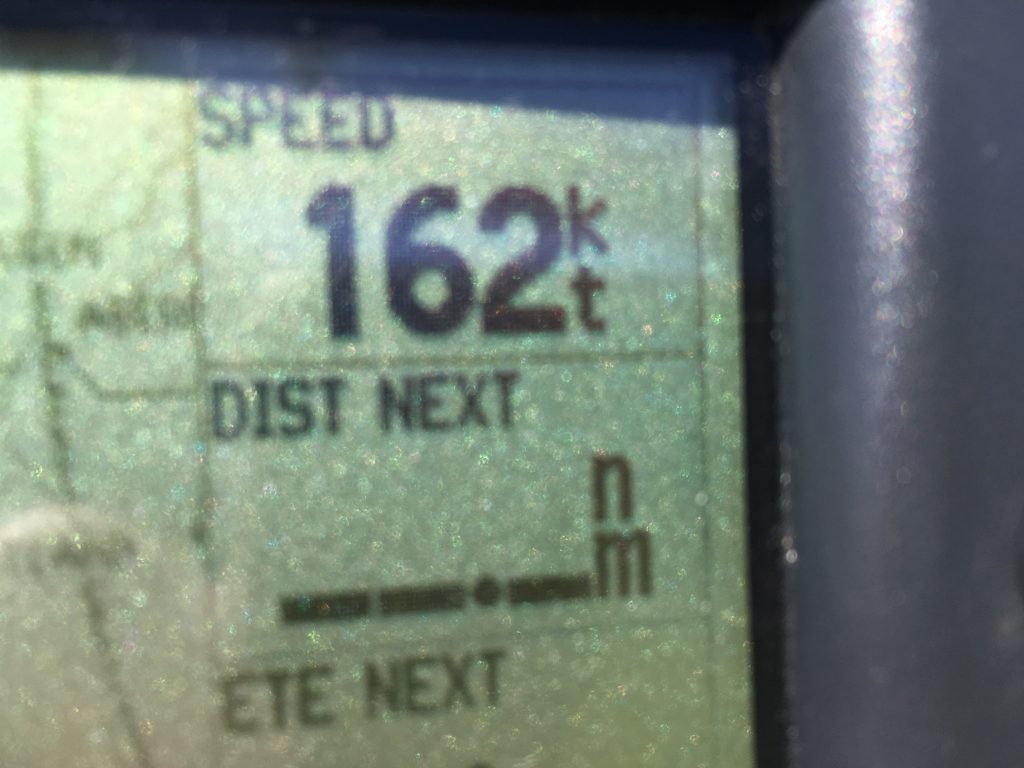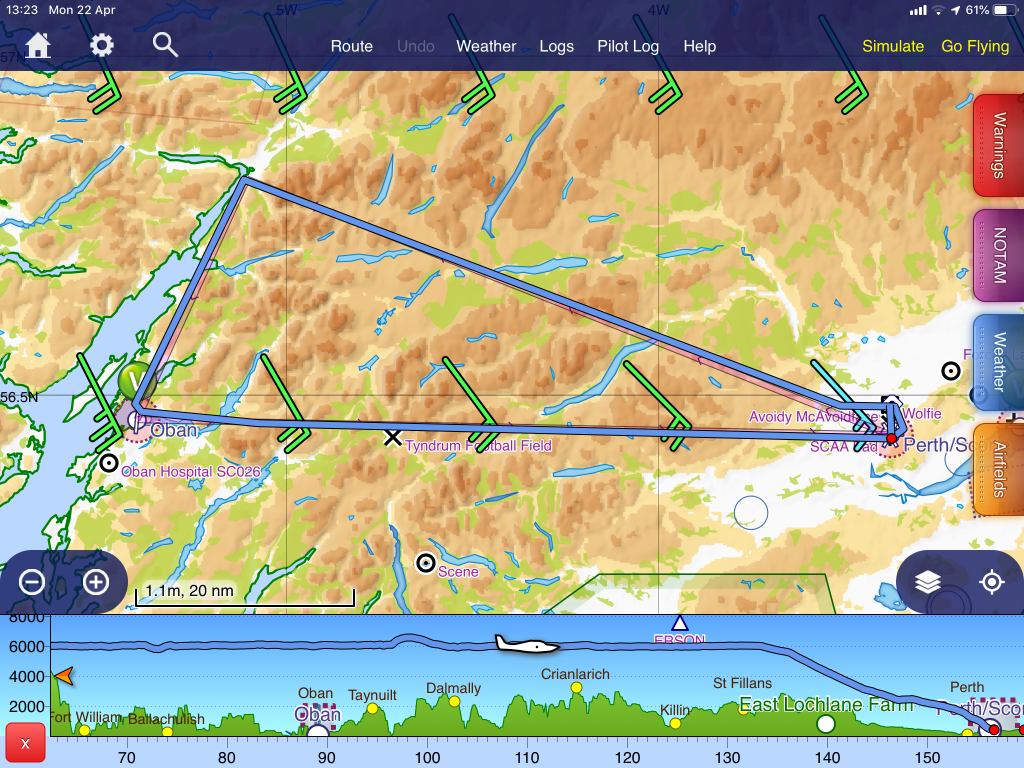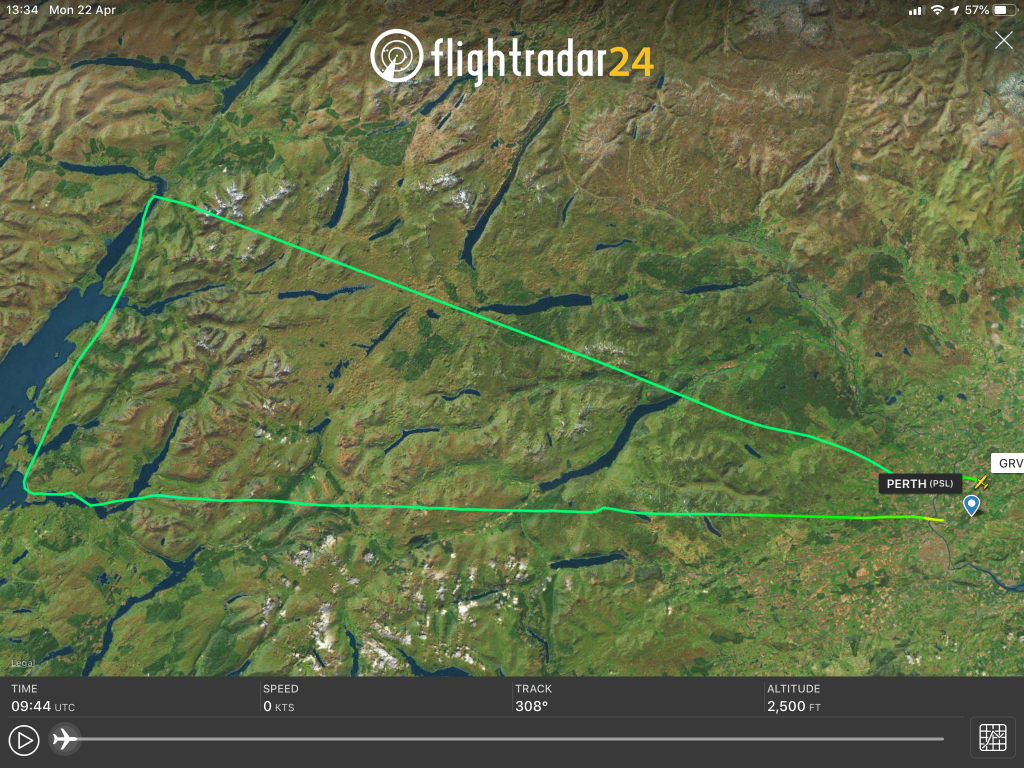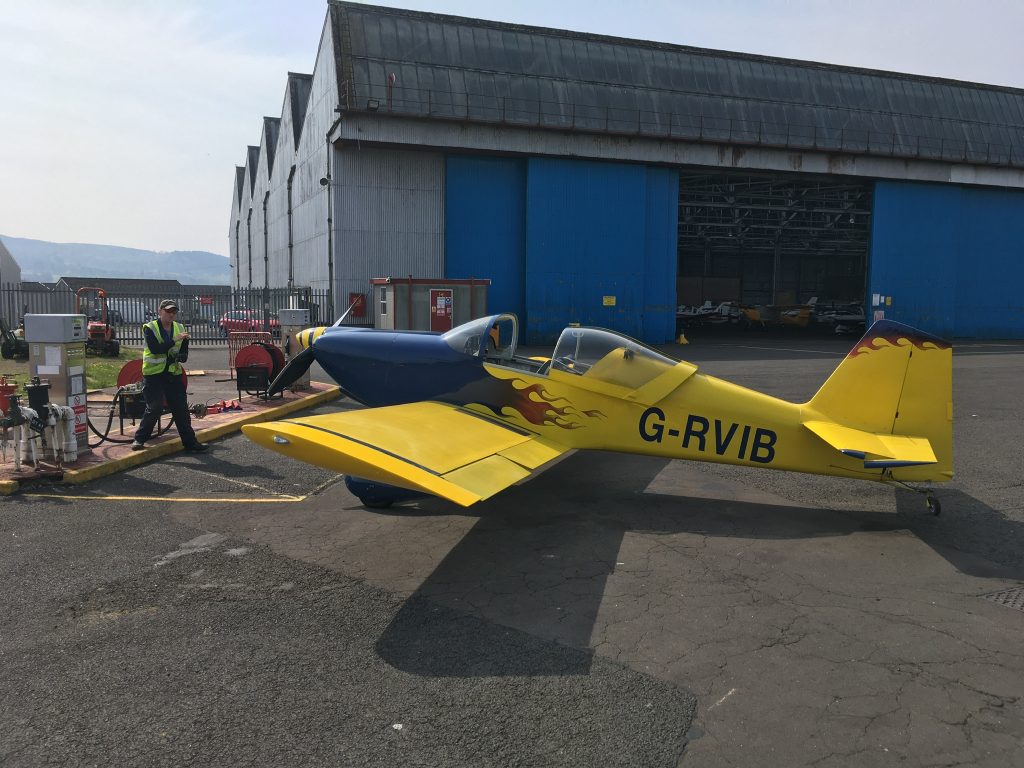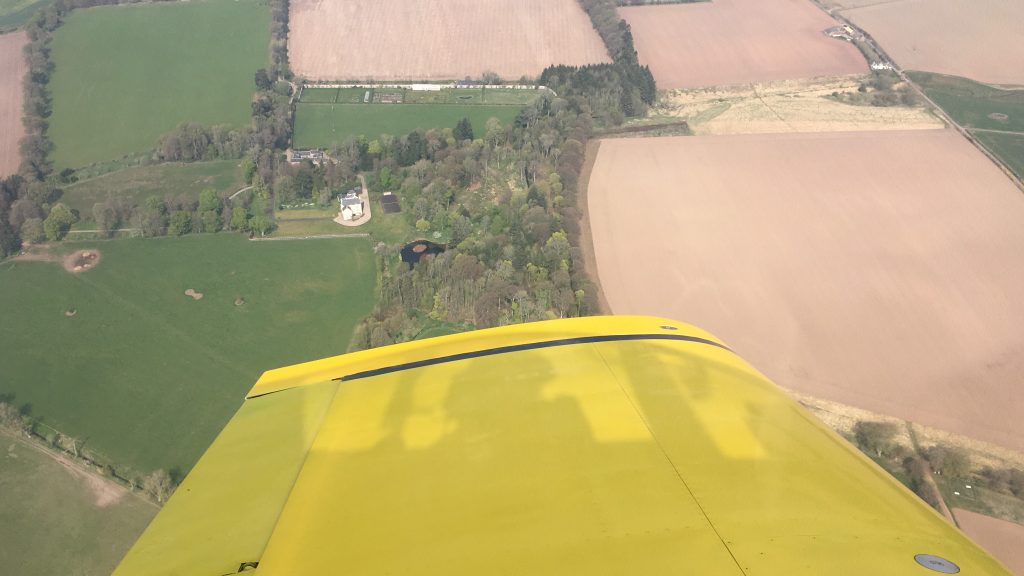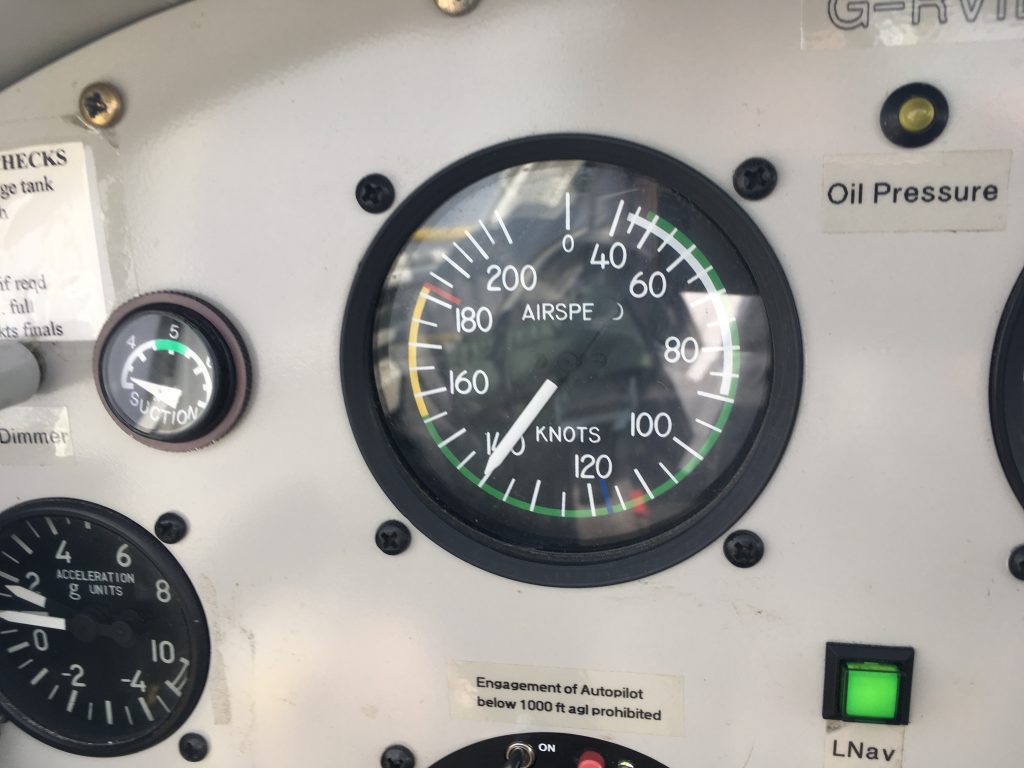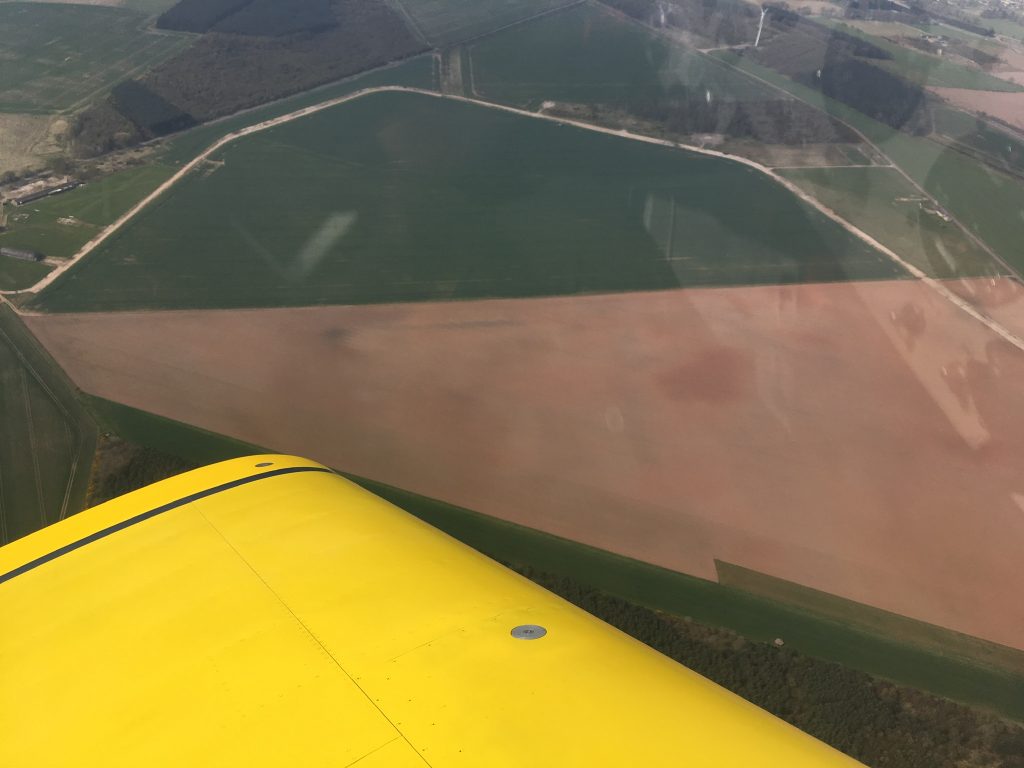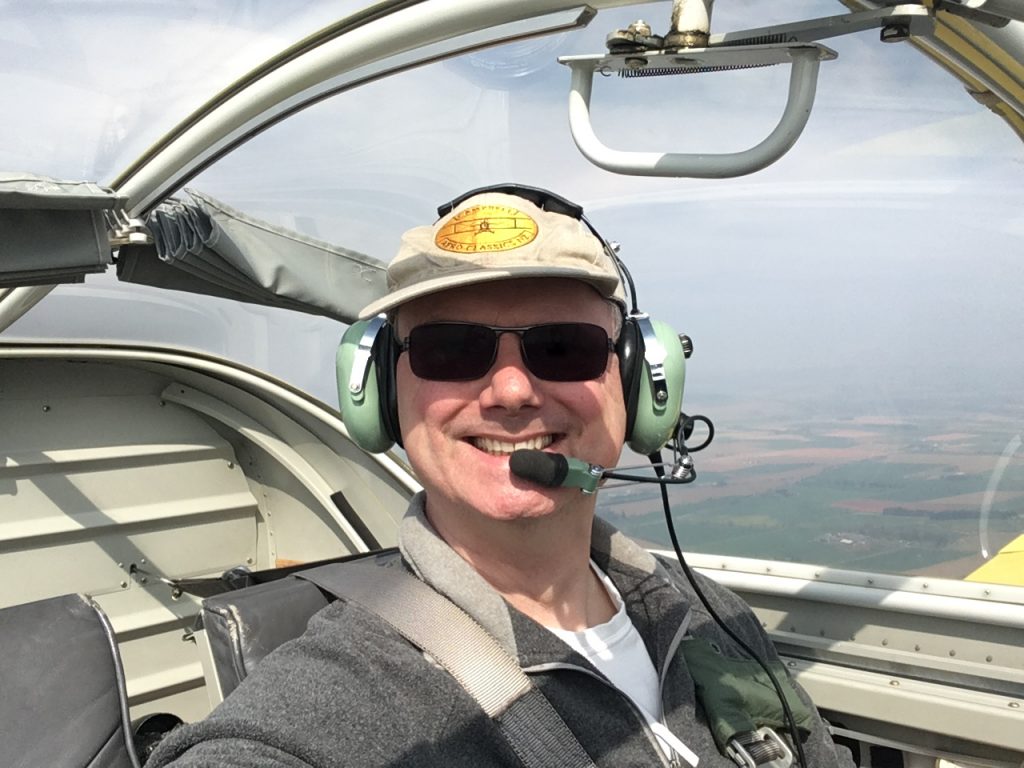In Sweden for the 30th annual fly-in at Siljansnäs Flygklubb, also known as the highly unpronouncable “Kräftstjärtsvängen” – something to do with crayfish. In past years this event has attracted lots of visitors; one year had 78 aircraft logged in as early arrivals on the day before, and many more on the actual day.
This year the weather forecast wasn’t looking too good for the day itself, but Friday saw a handful of early arrivals from Sweden and Norway in lovely weather:
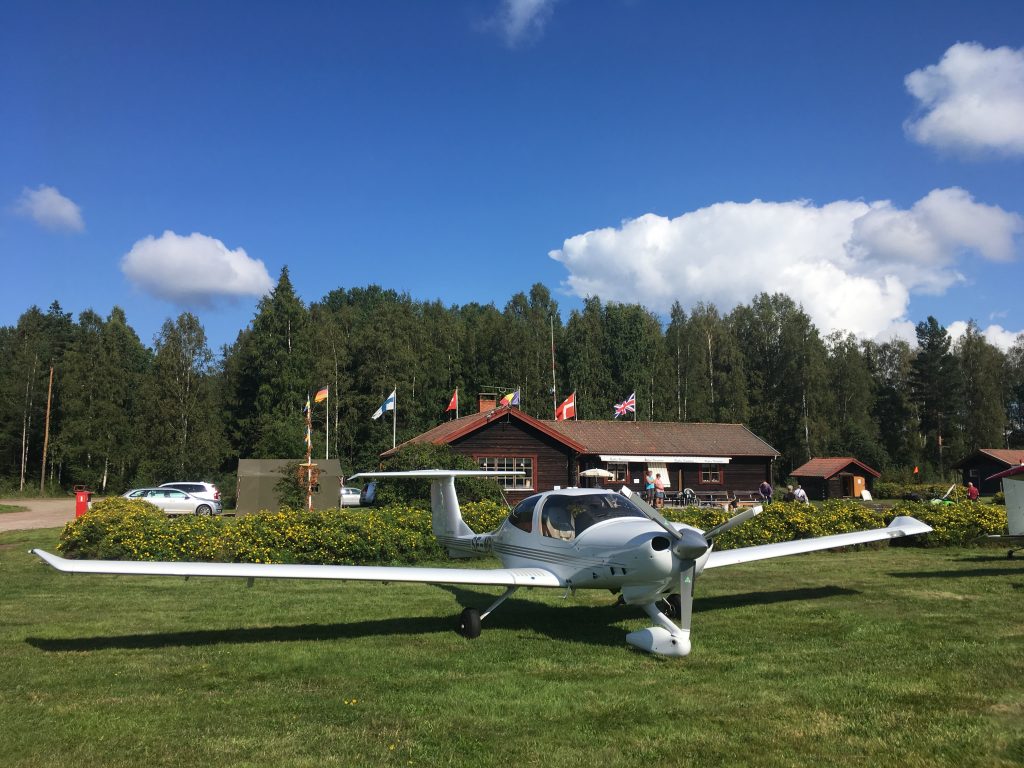
The highlight of Friday evening is the car show “Åkdon och Termos” which translates as rides and thermos, kind of like a flash mob for classic car enthusiasts, with coffee. Some seriously cool old (and not so old) cars on display…
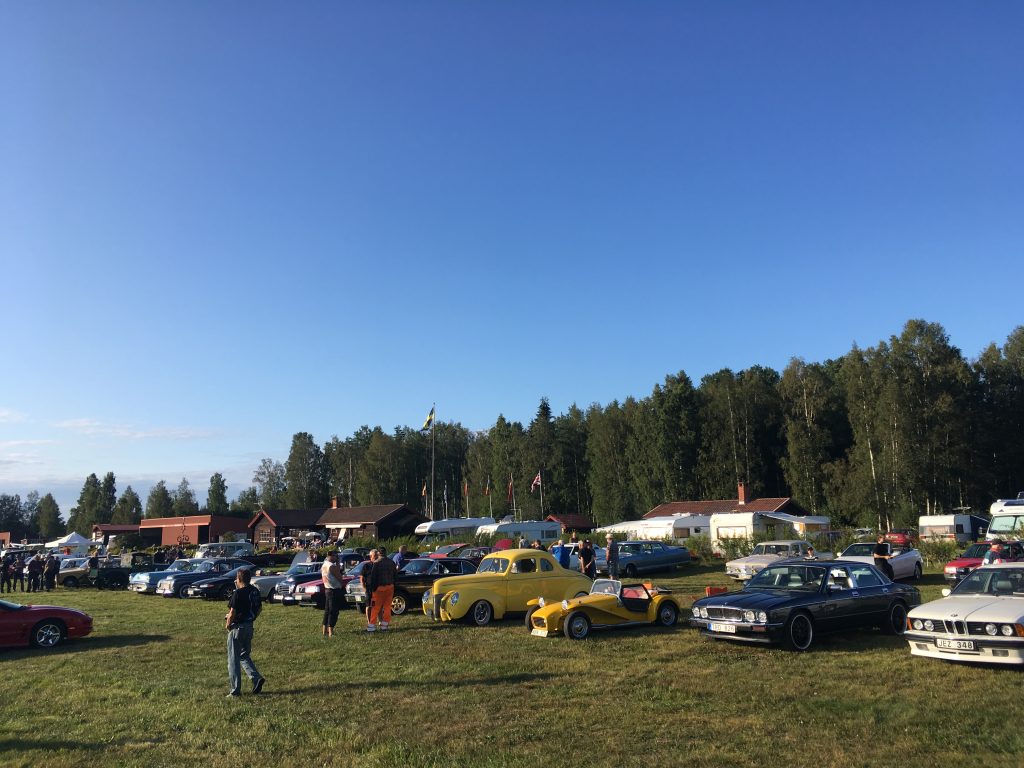
Walking home it was easy to convince ourselves that the forecast would be wrong…
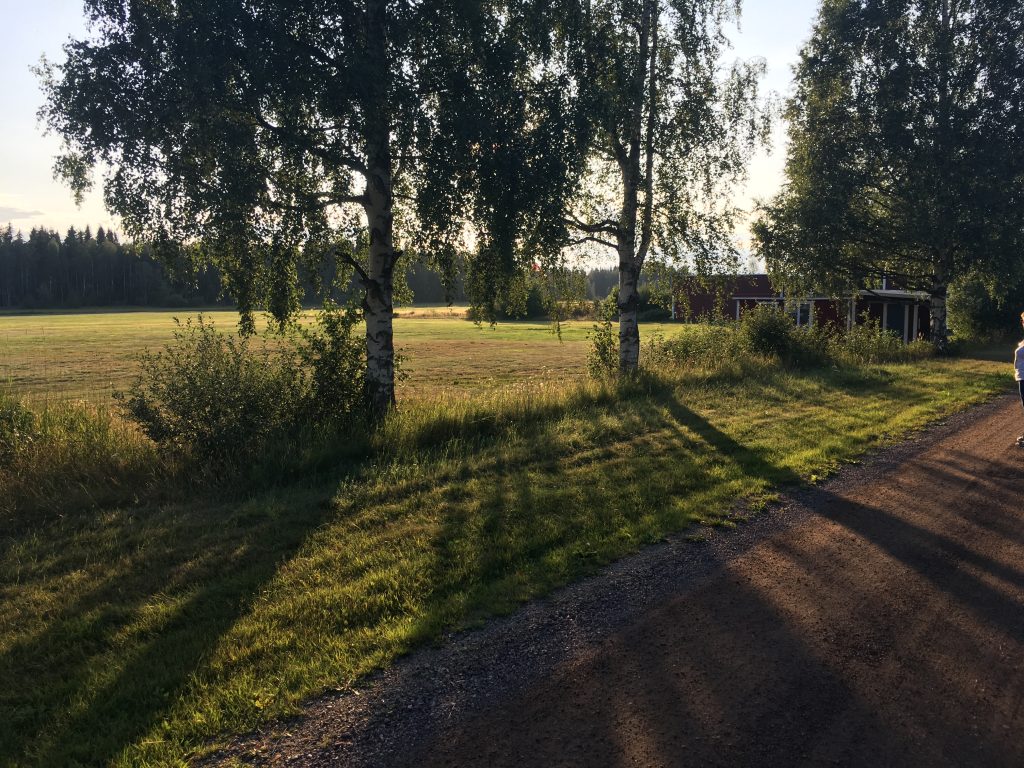
…but it wasn’t. Rain and low cloud. One of the early arrivals from the previous day bugged out early to get home before the weather, and was replaced by a Cessna 206 amphibian – the sole arrival of the day. Airpark resident Niklas did his Saab Safir display to keep the small number of attendants interested. The flygklubb had put their 3 gliders and the tug out, giving a total of seven aircraft visible:
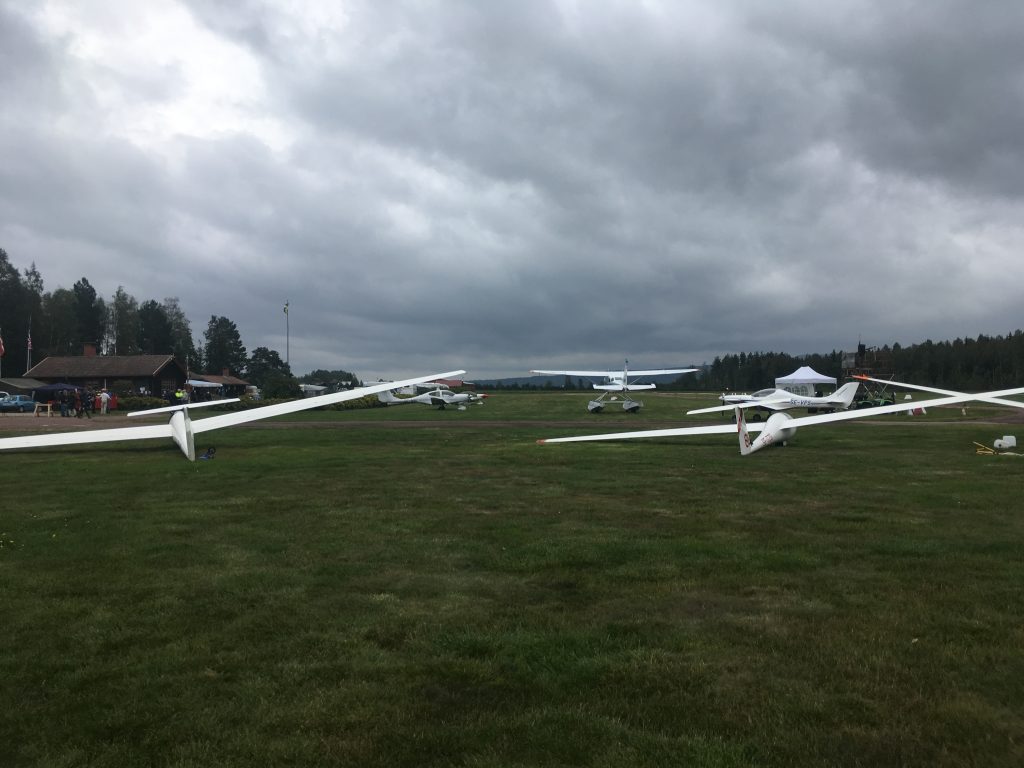
As the rain increased, the stalwart announcer in the tent out on the flightline kept up with the commentary:
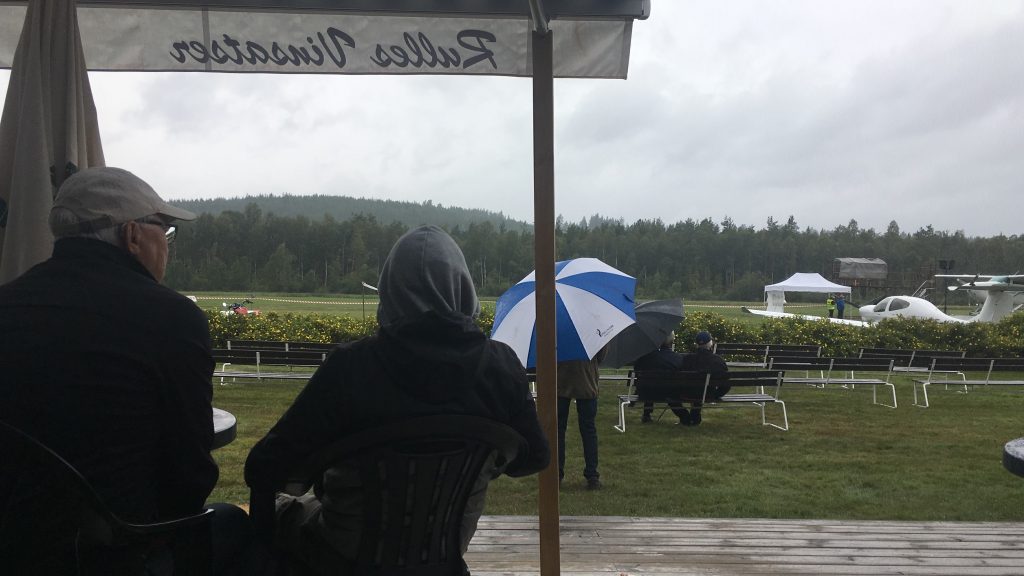
The rain got even heavier and eventually the last few hardy souls called it a day. At least in the burger tent we were doing a roaring trade, and inside the clubhouse Brenda was also kept busy selling coffee and buns and working on her Swedish at the same time. Every year airpark residents volunteer to help, this year we were on burgers and coffee. Our neighbour Robert kind of took over the burger duties so I was left on tidying up. I forgave him later as he gave me a lift home in his Jeep. A real green Willys Jeep. The best bit of the day. Robert’s philosophy is “He who dies with the most toys, wins!”
By mid afternoon it was all over bar the jeep ride:
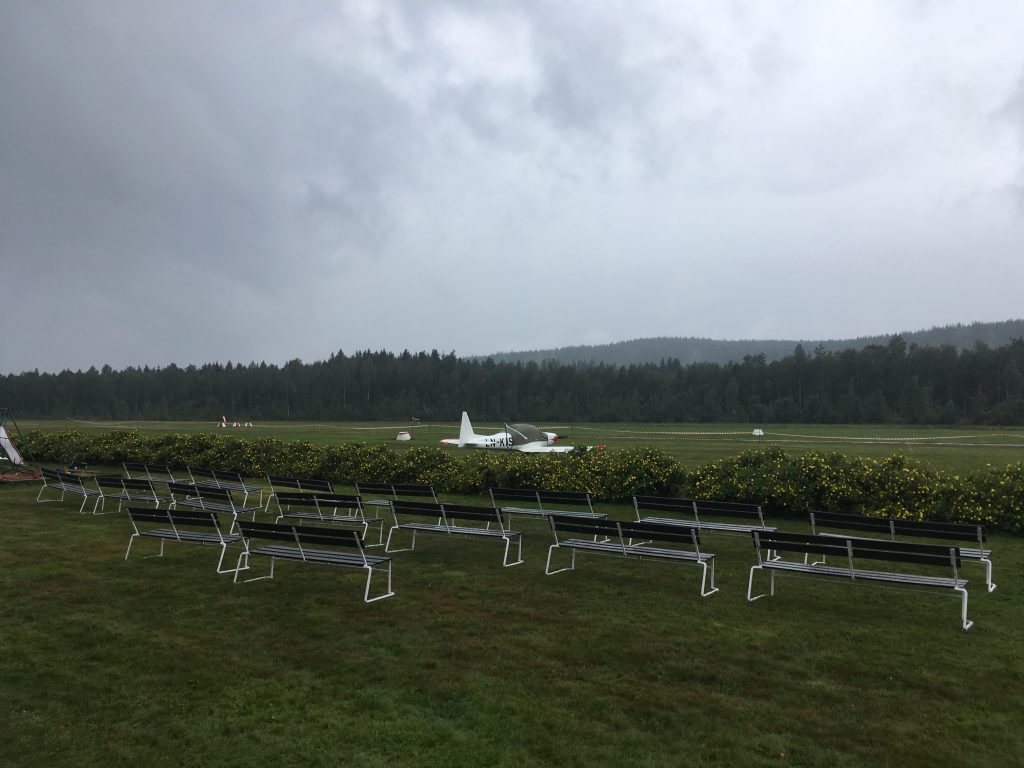
The recently installed awning on the clubhouse deck was threatening collapse and had to be drained regularly:
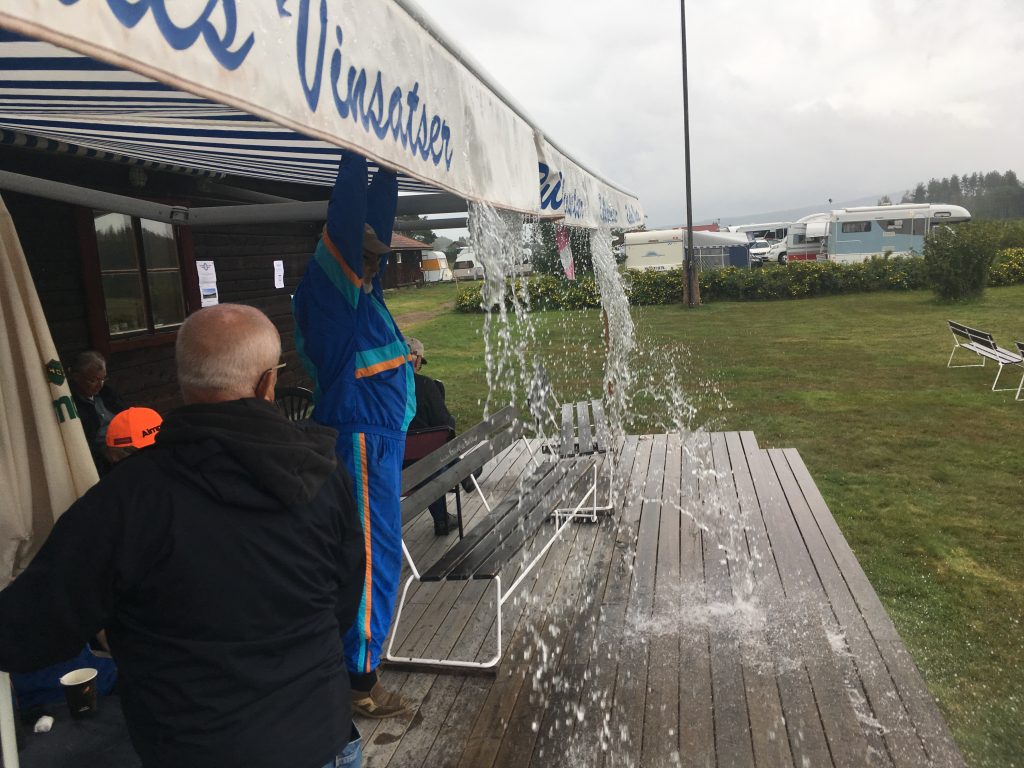
But later on the hangar party was great as always…food and drink (including the aforementioned crayfish) with visitors, club members and airpark residents. Good time had by all…I woke the next morning to find that I had won a toolbox. Don’t know why, but…toolbox!
If anybody is looking for a Bellanca, the one in the background is for sale:
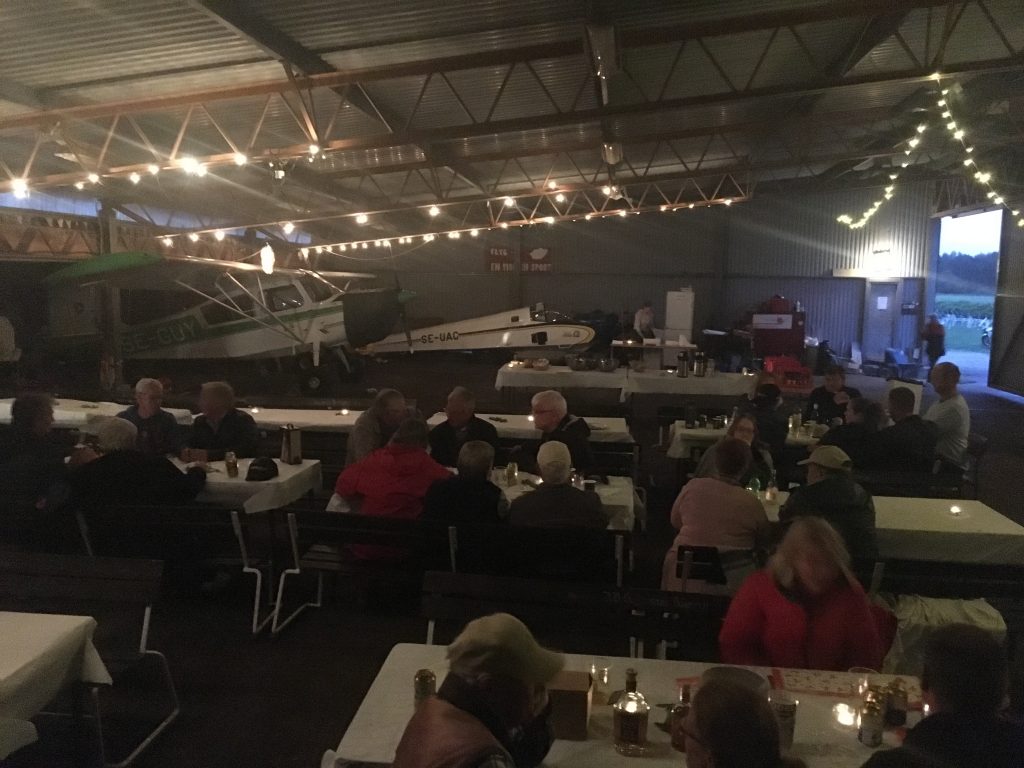
Typical weather messing things up with the plans of puny humans. It was lovely and flyable either side of the weekend (post to come soon) but that’s the way of things. There’s always next year…

